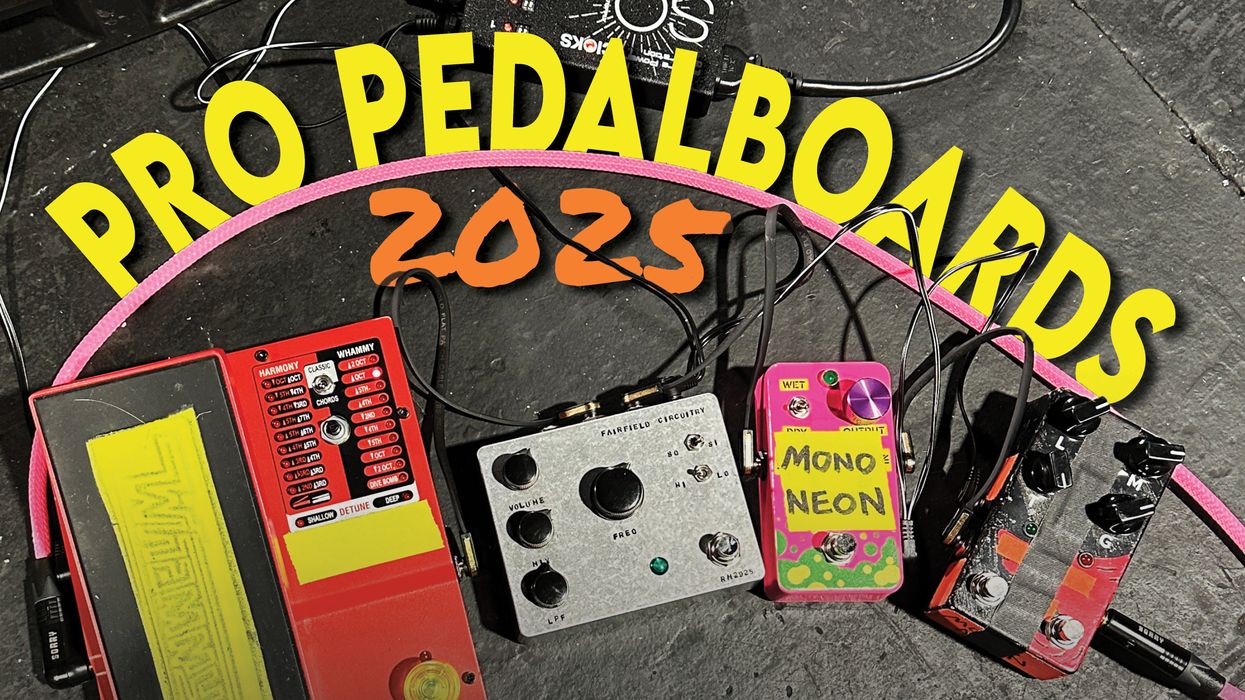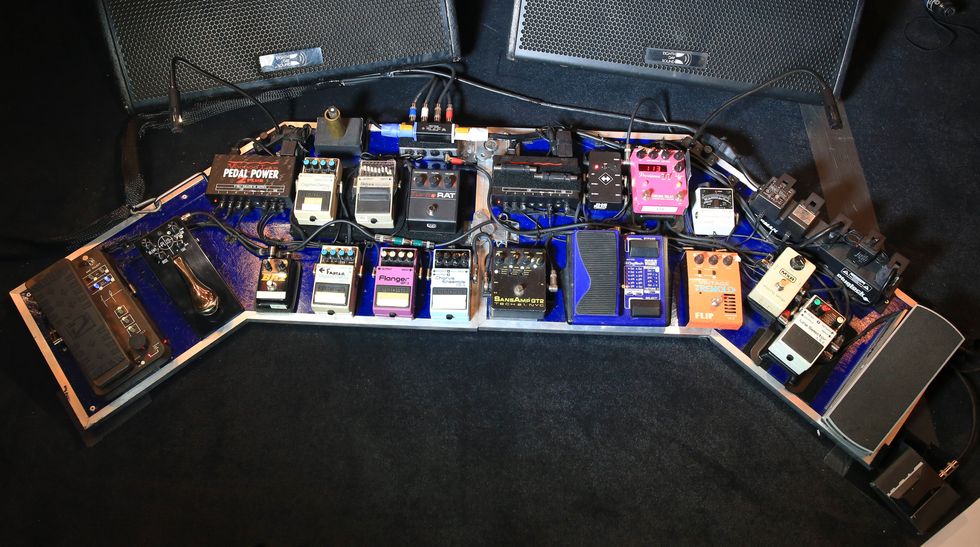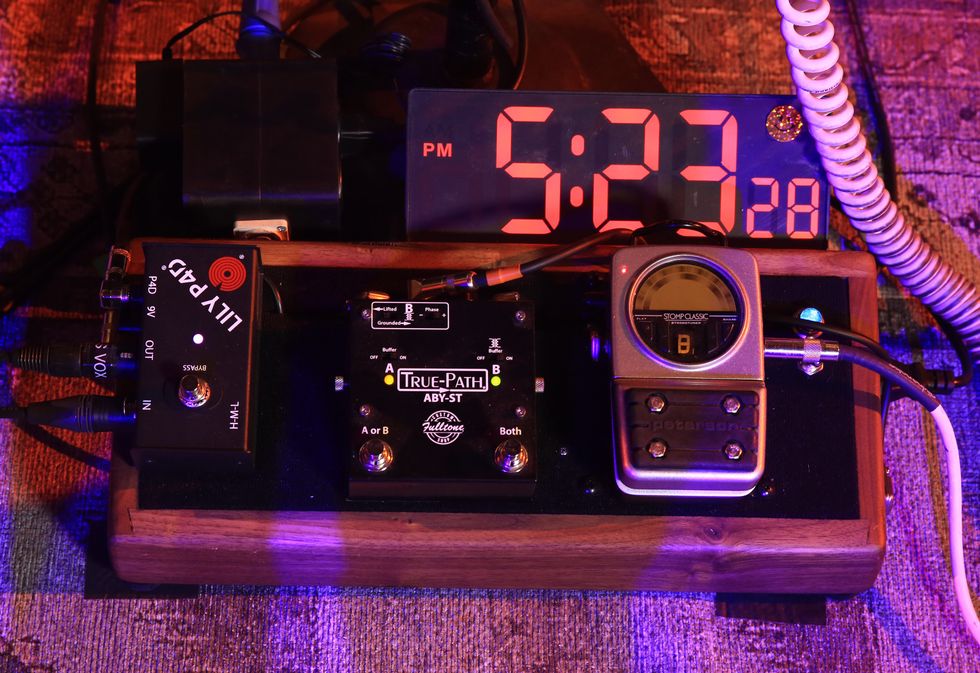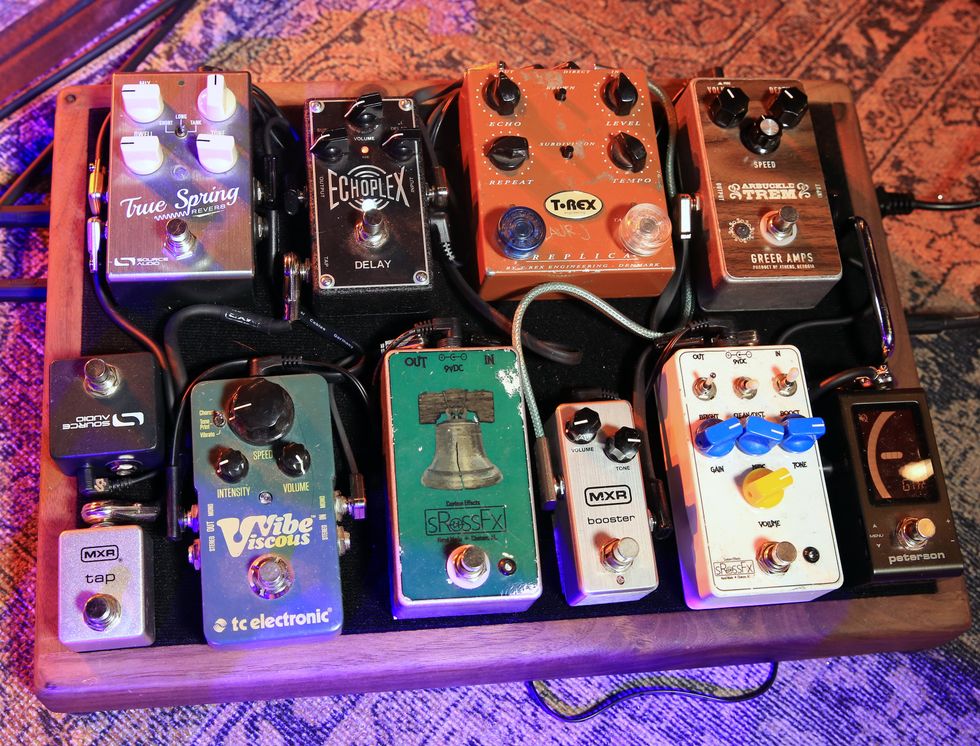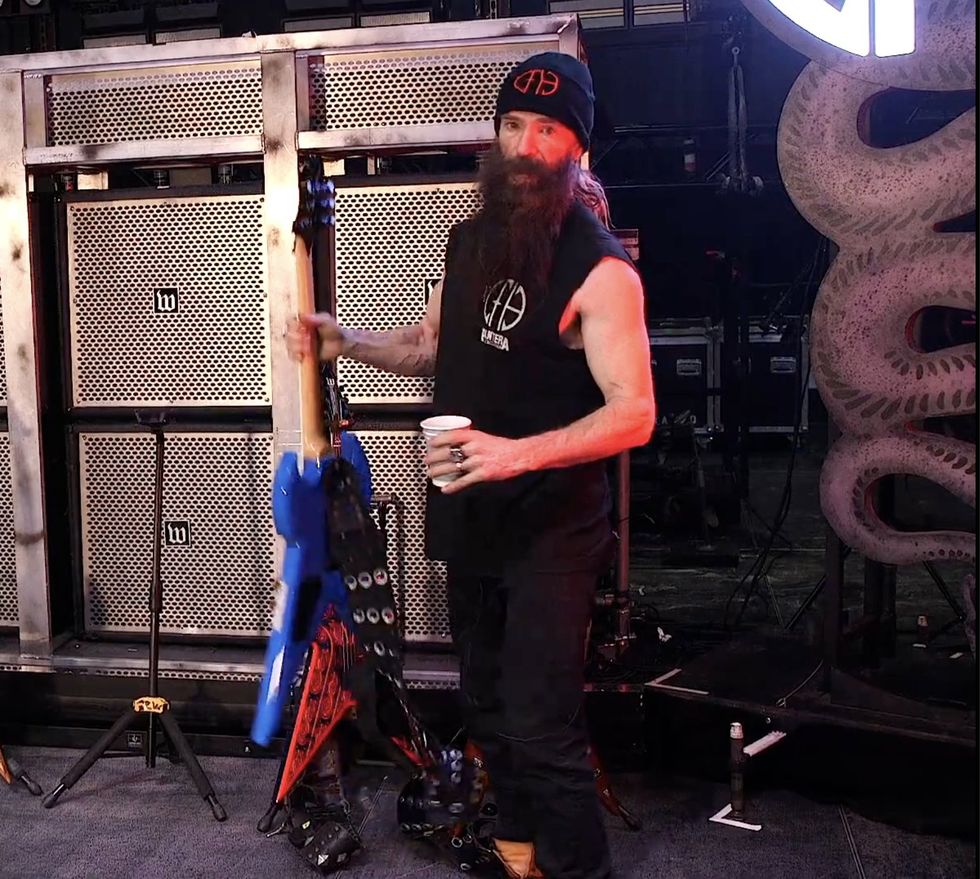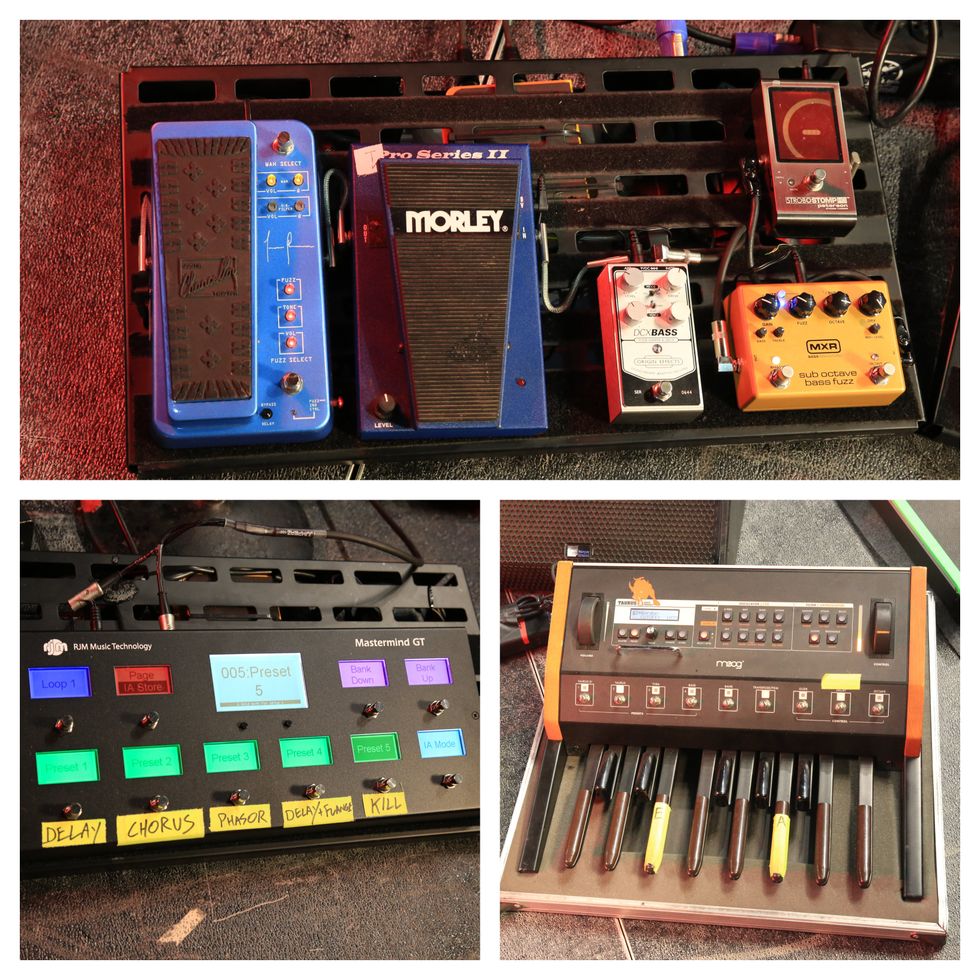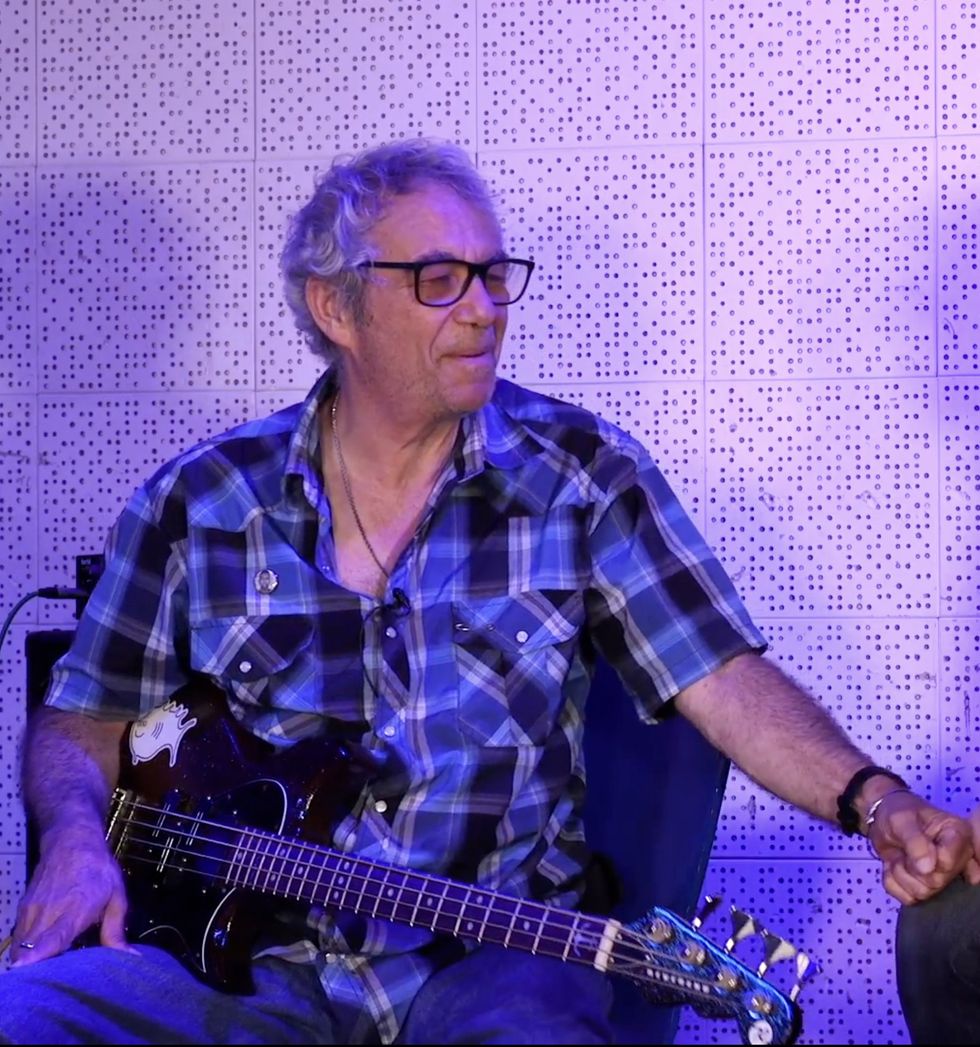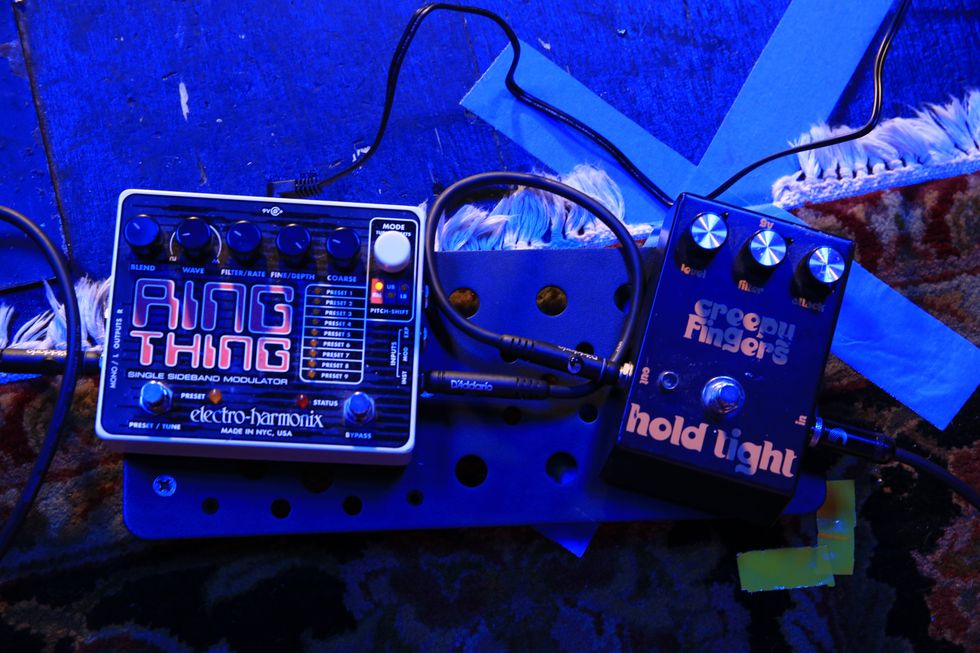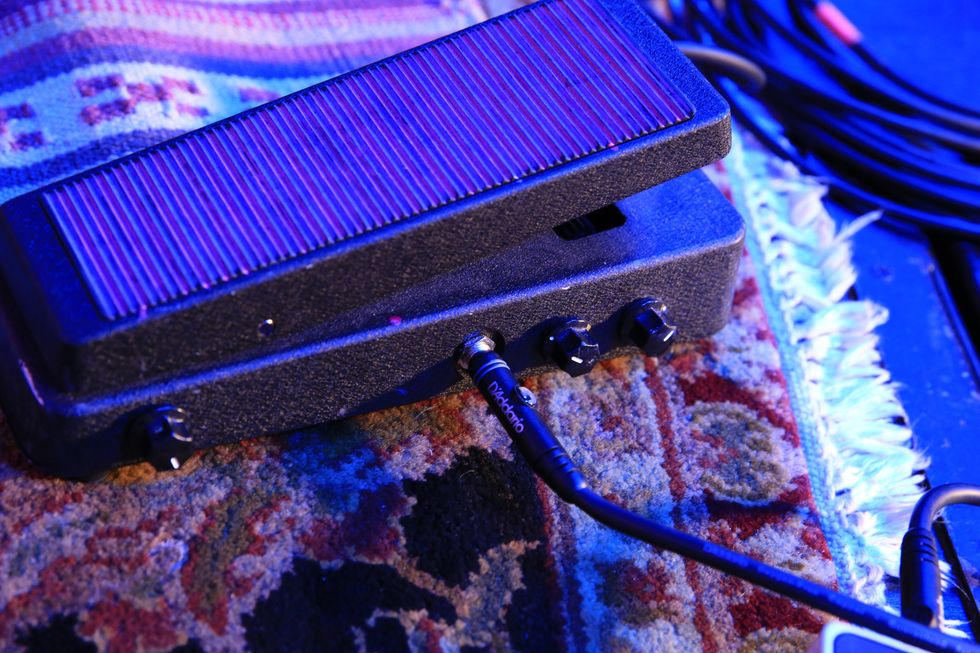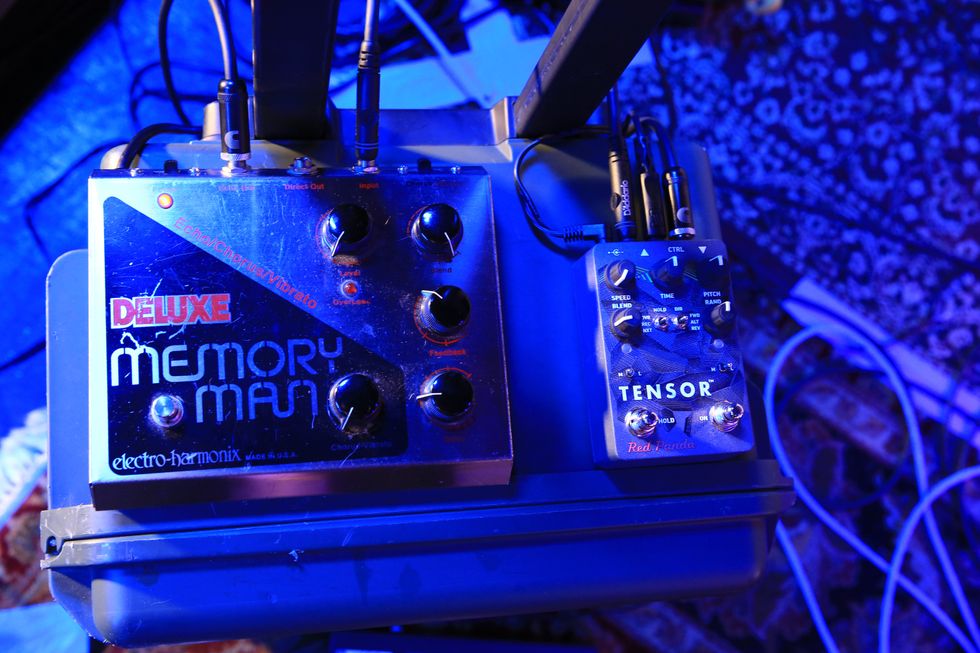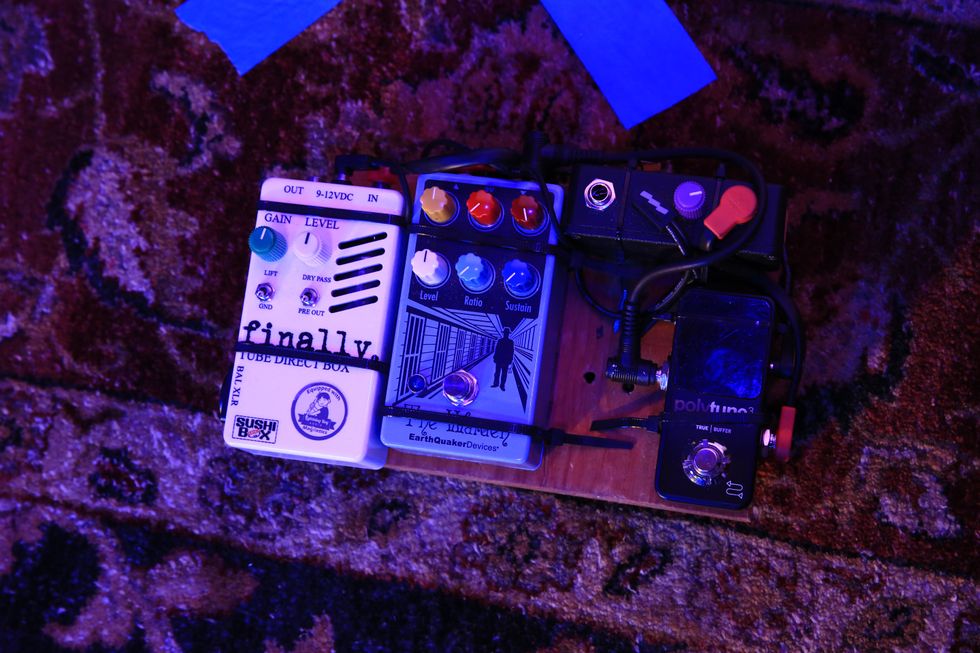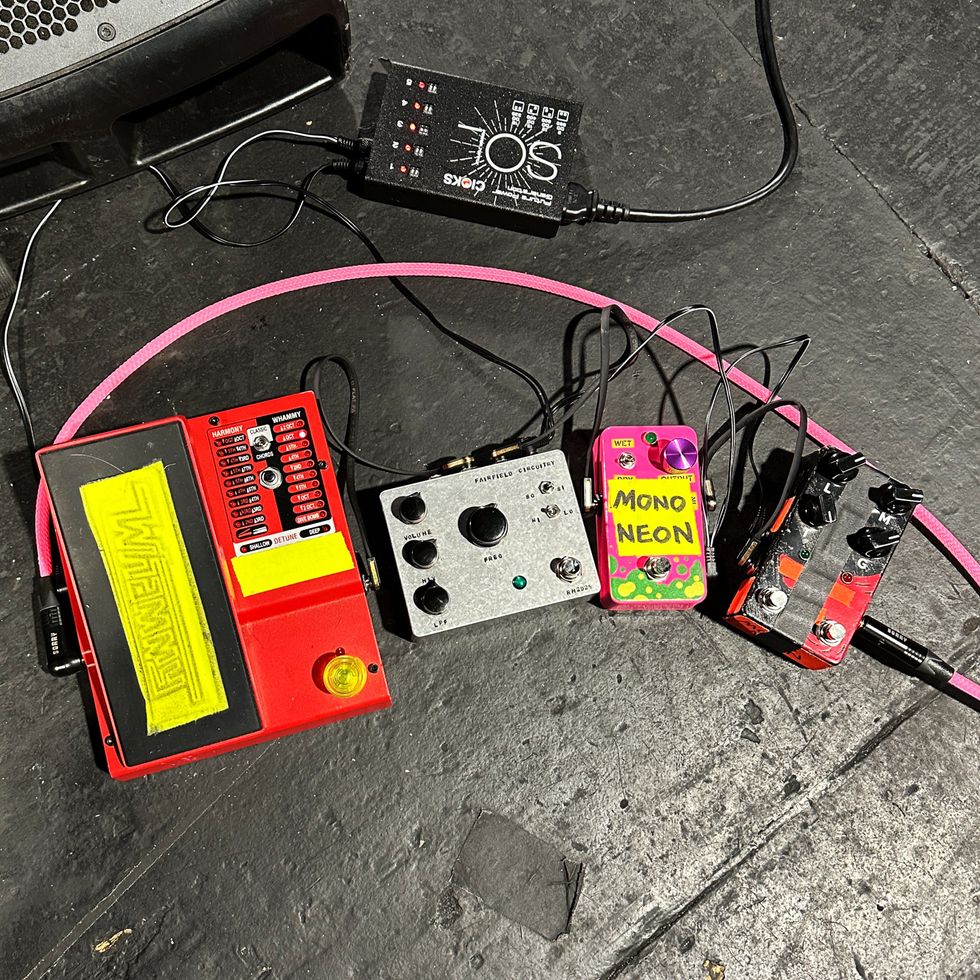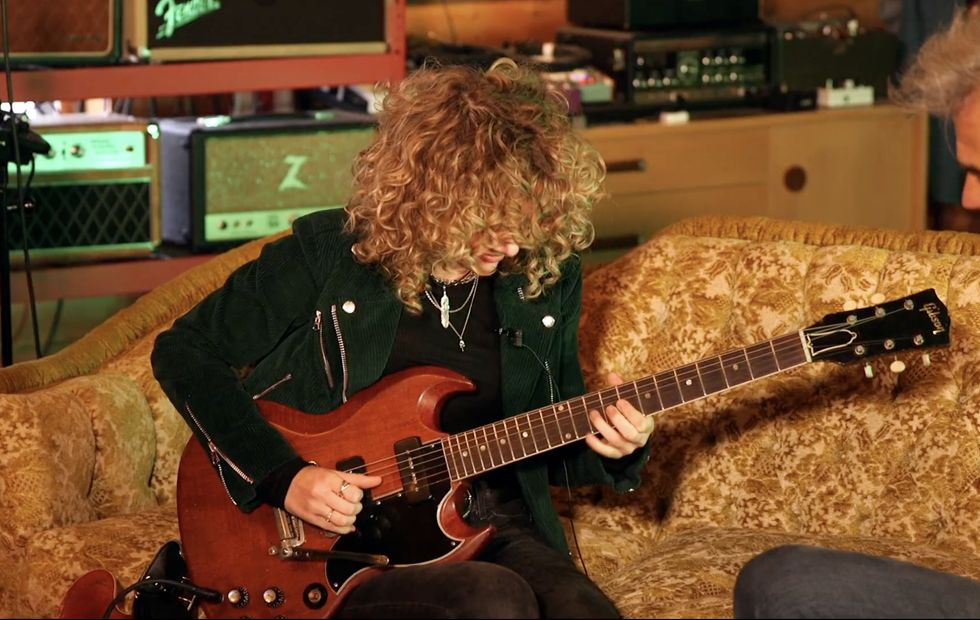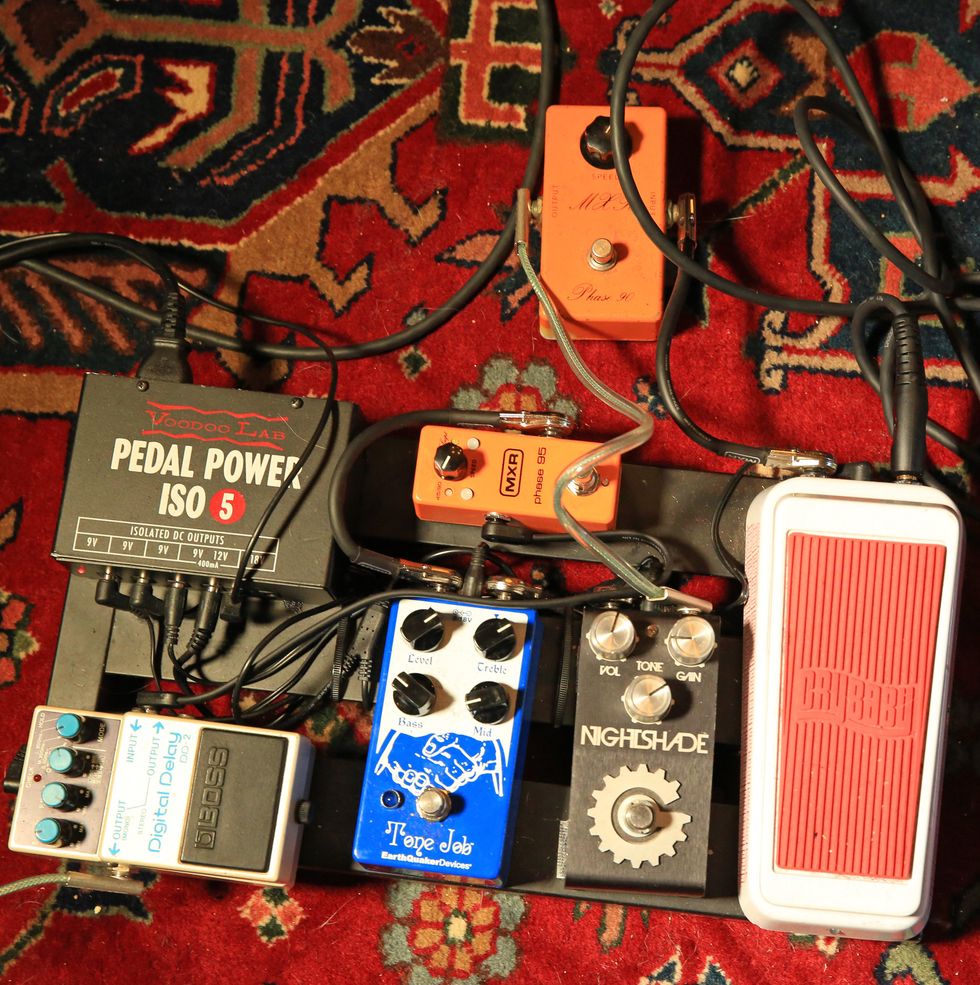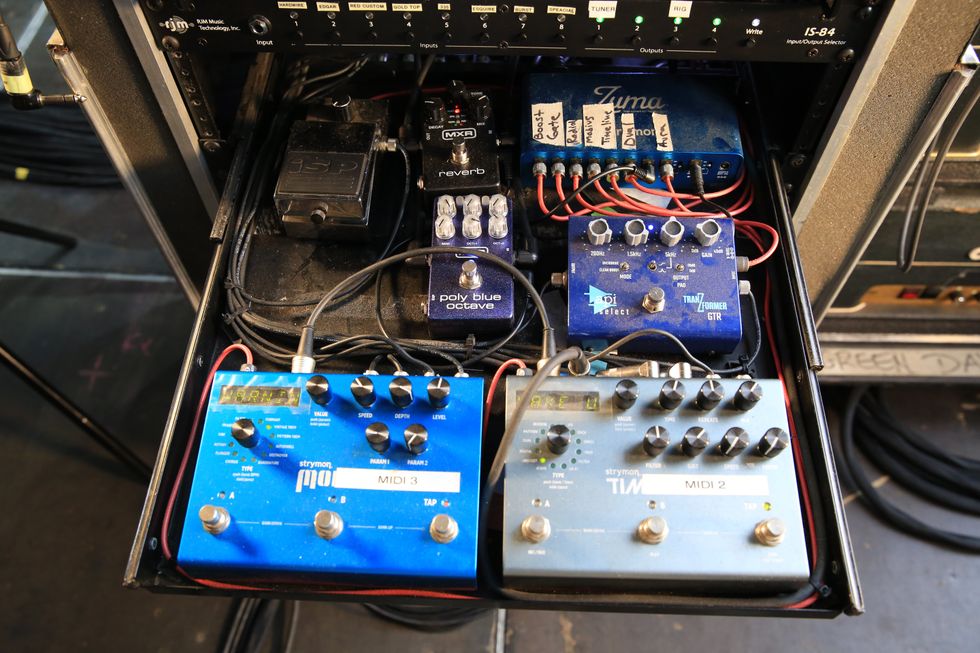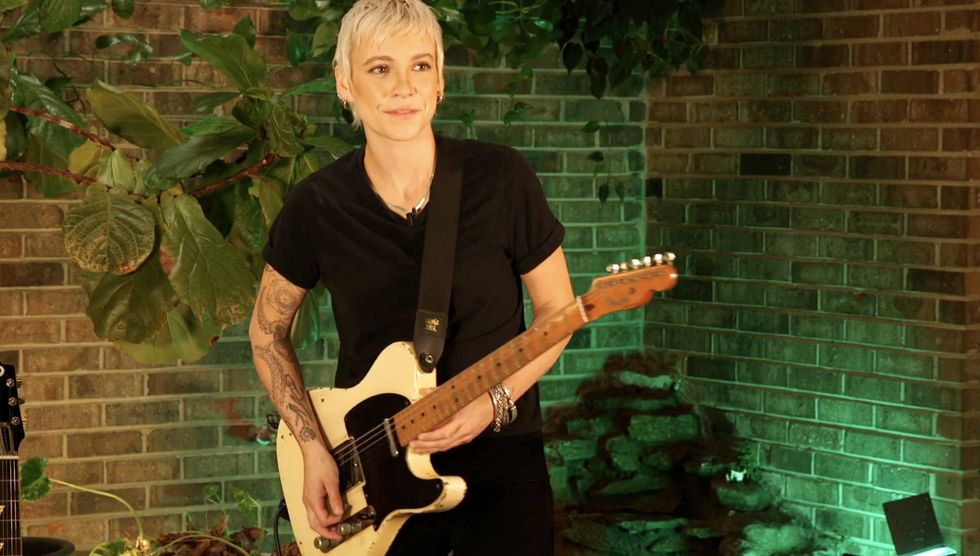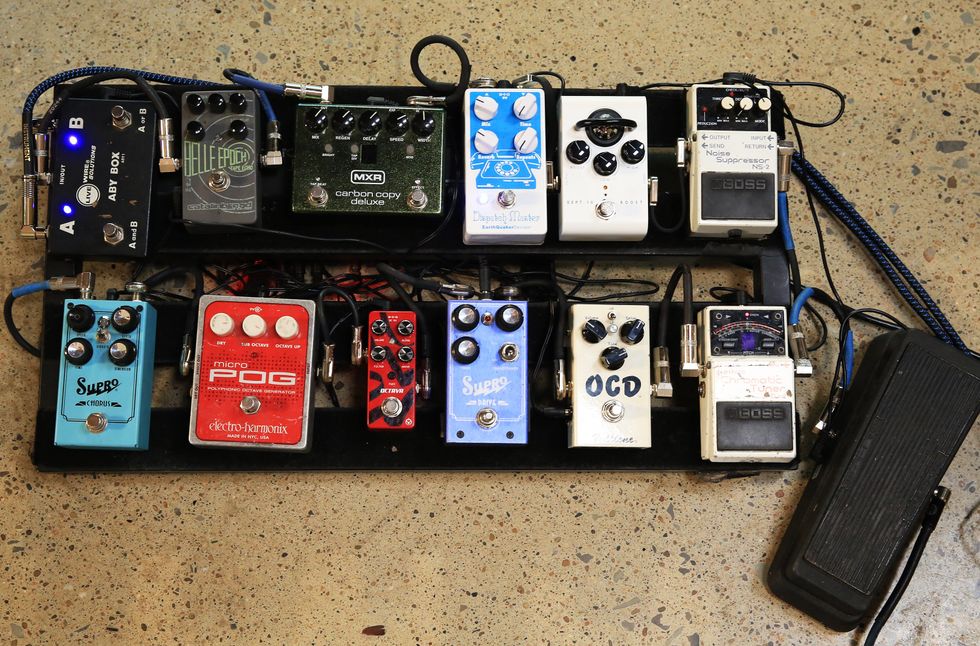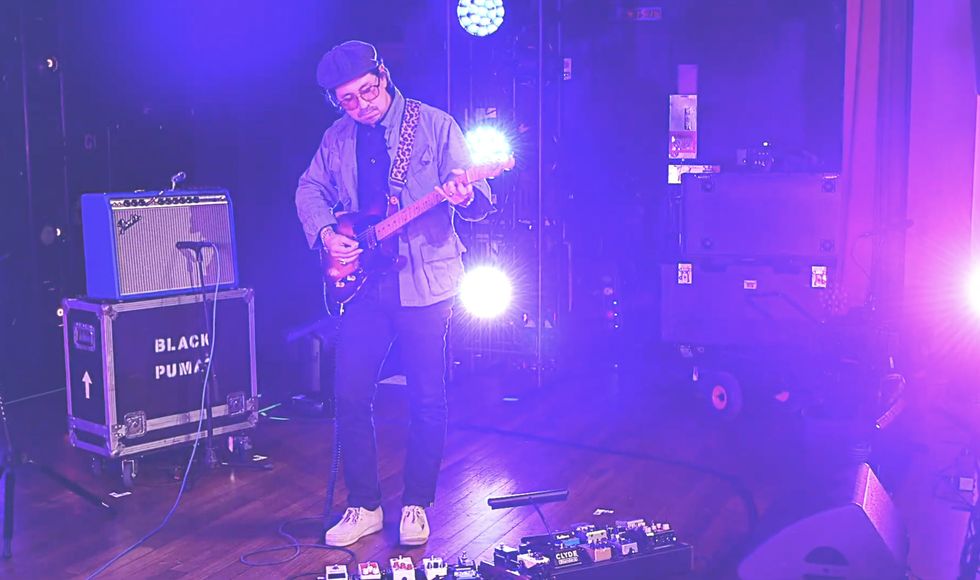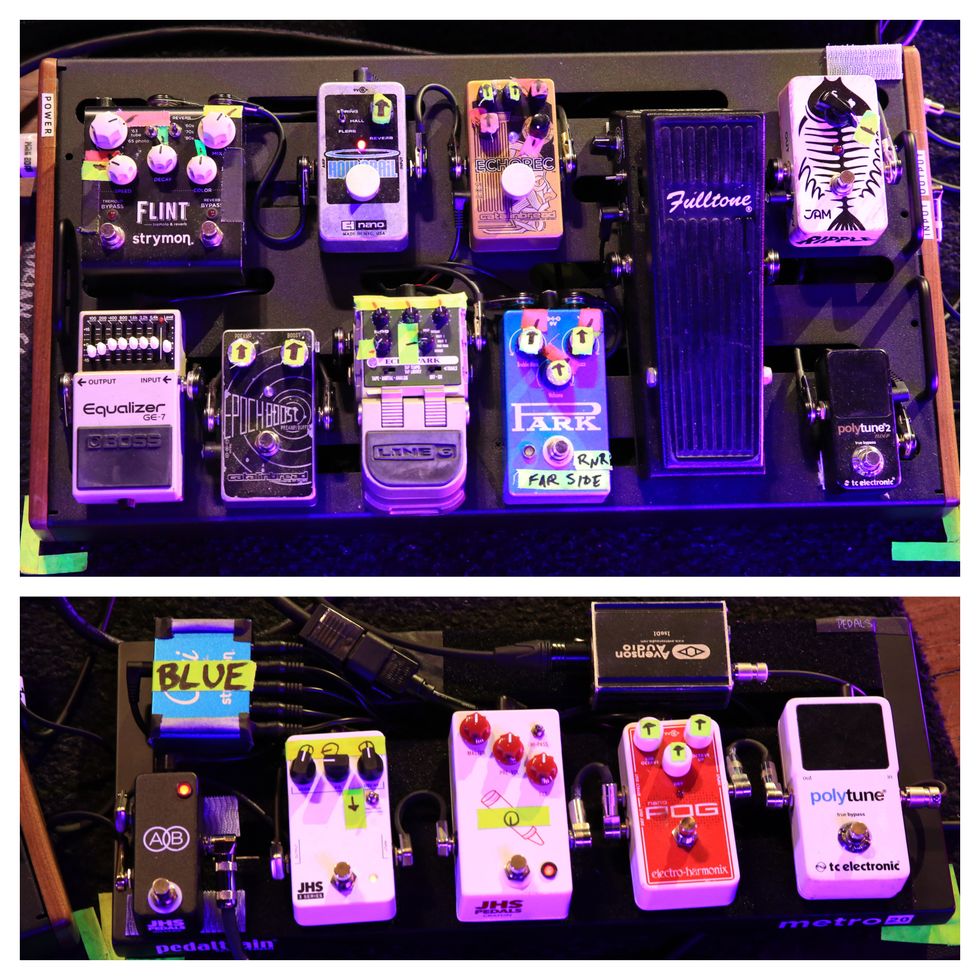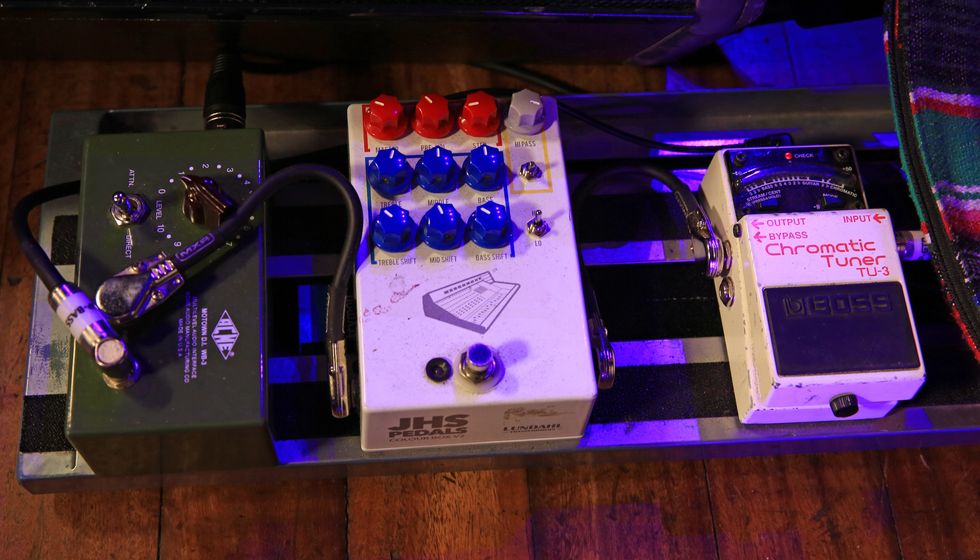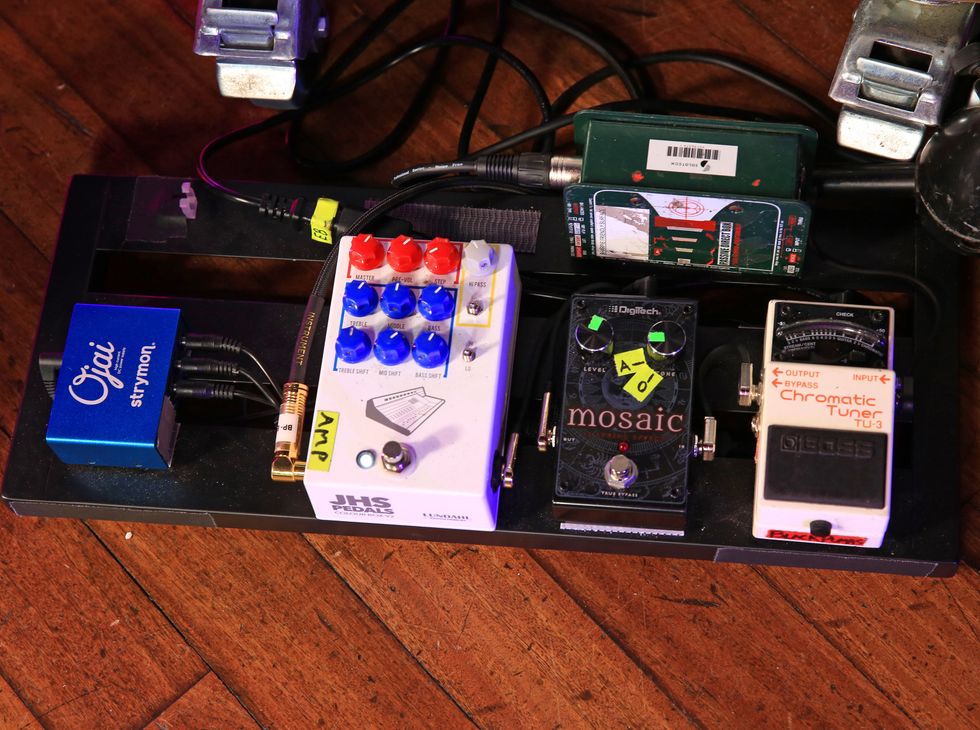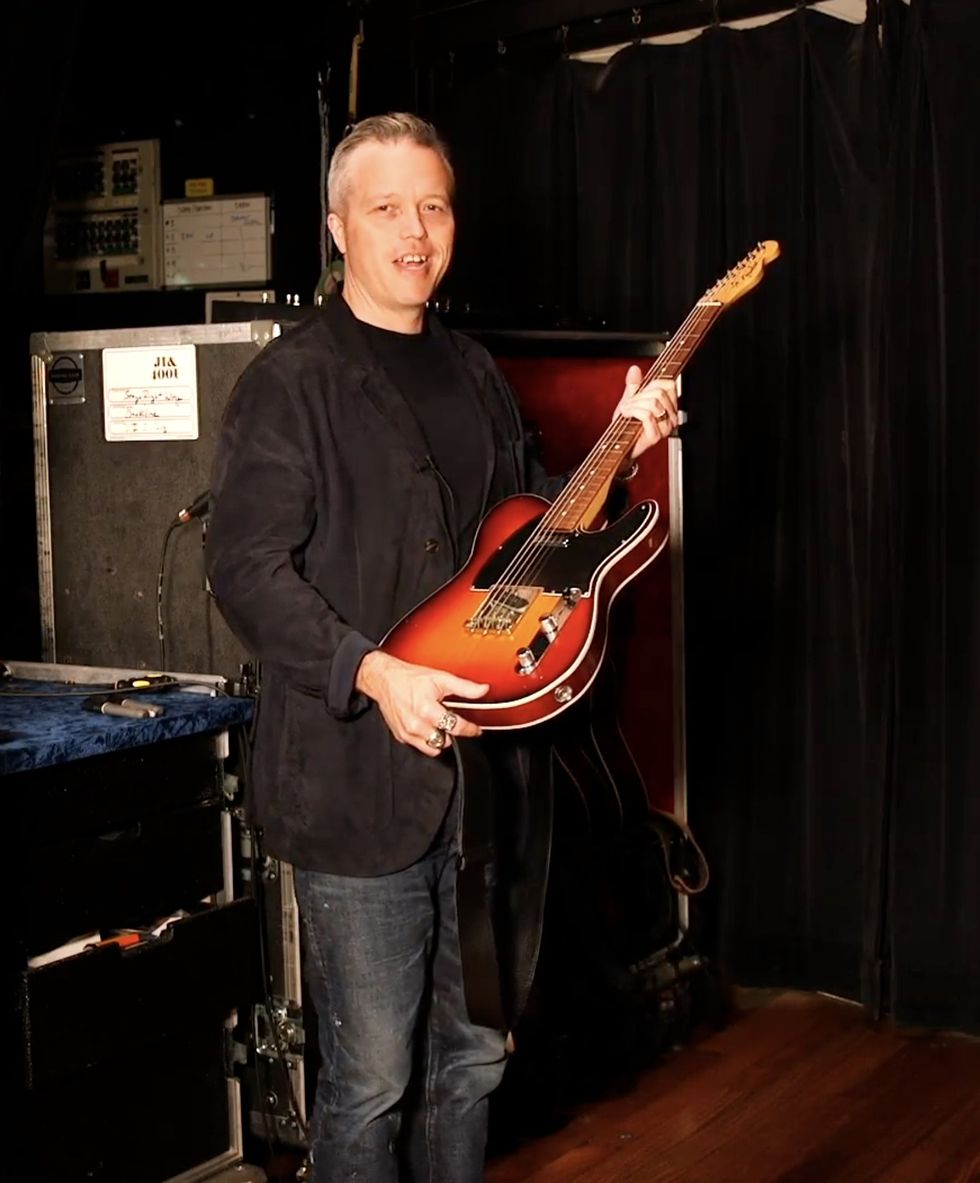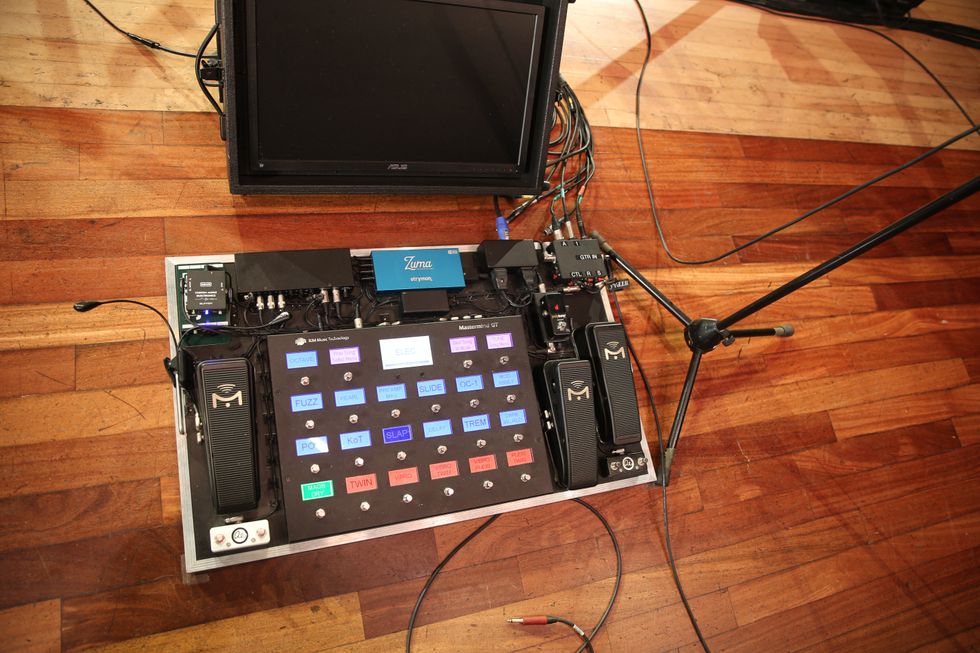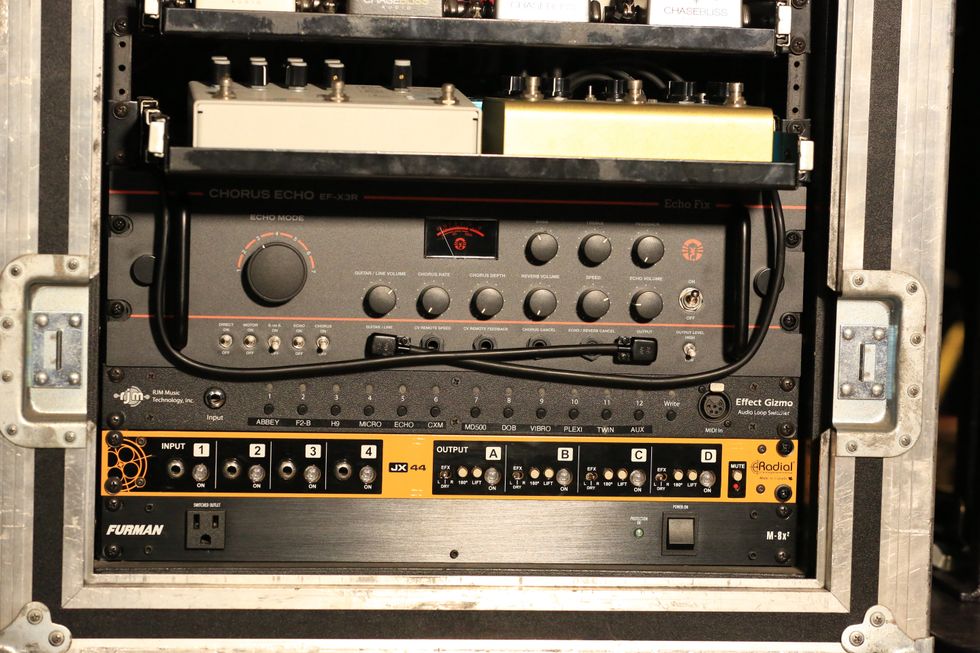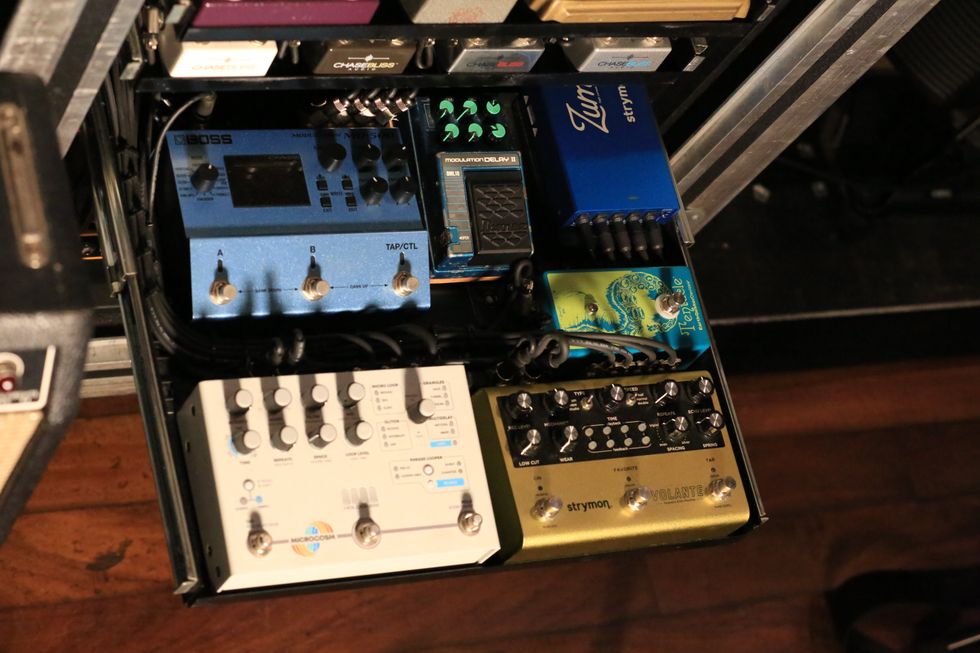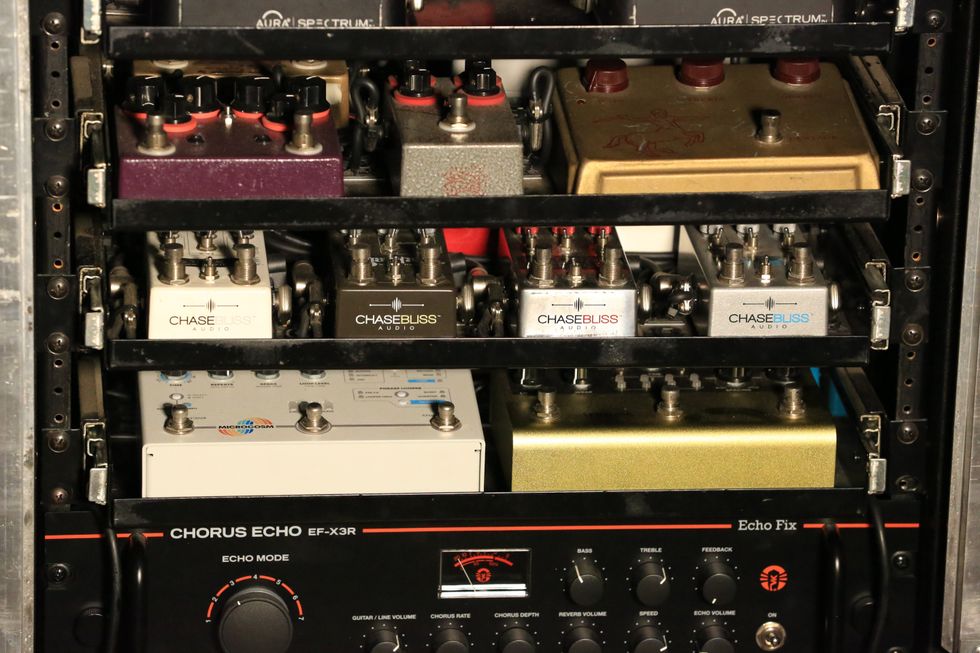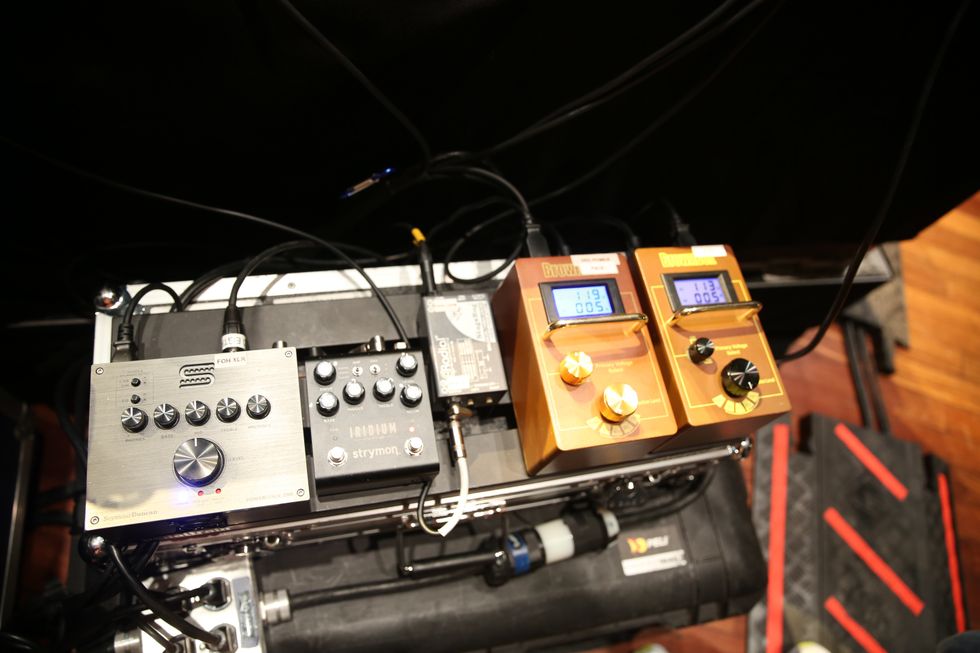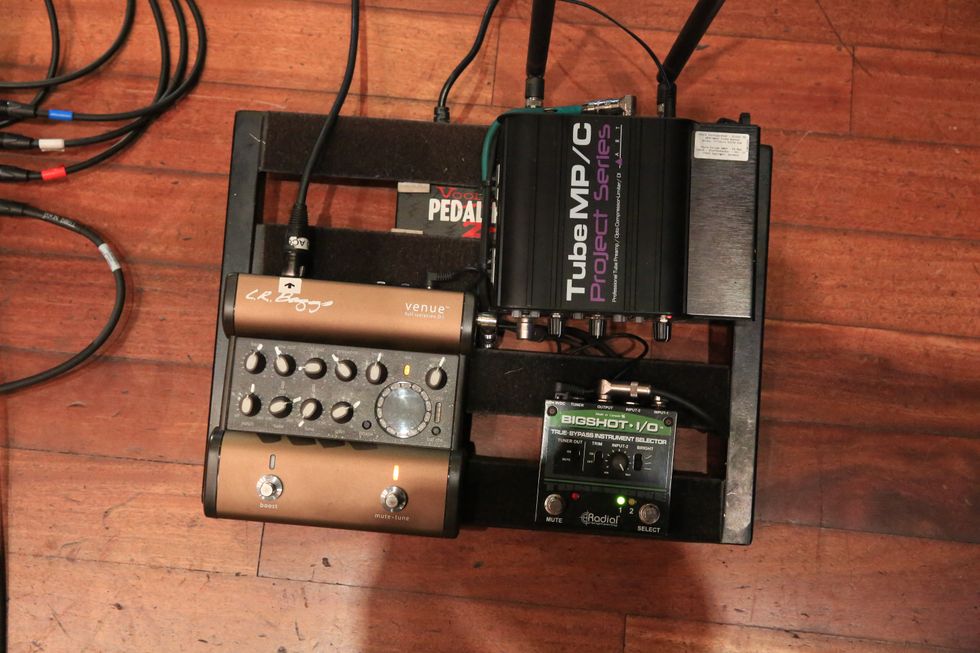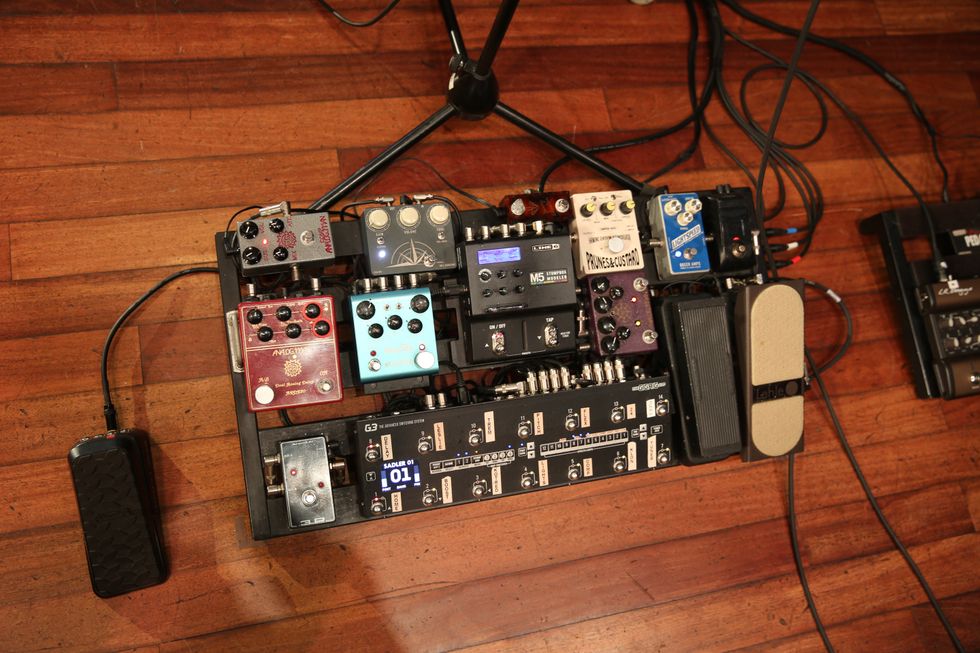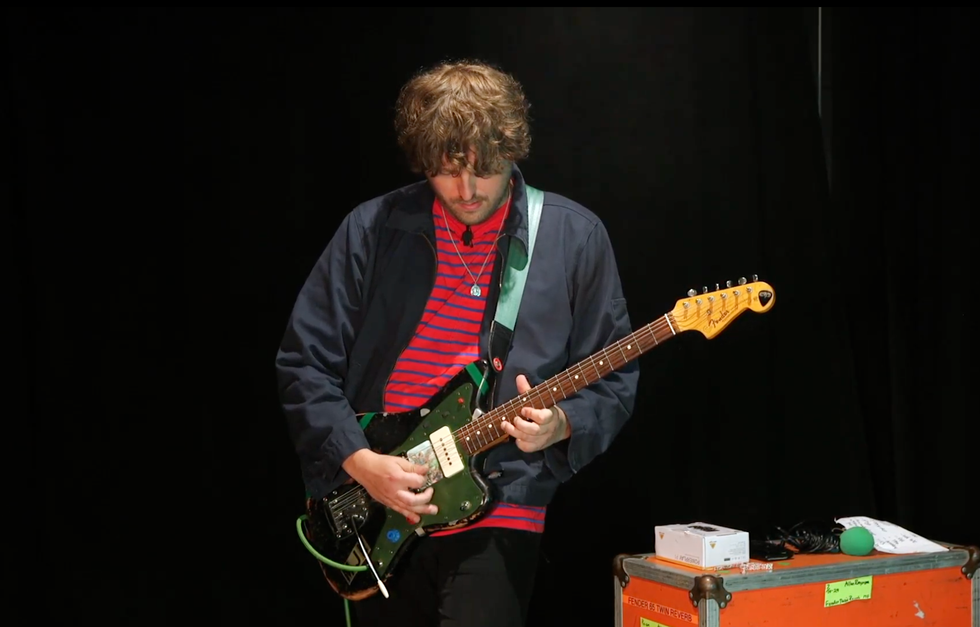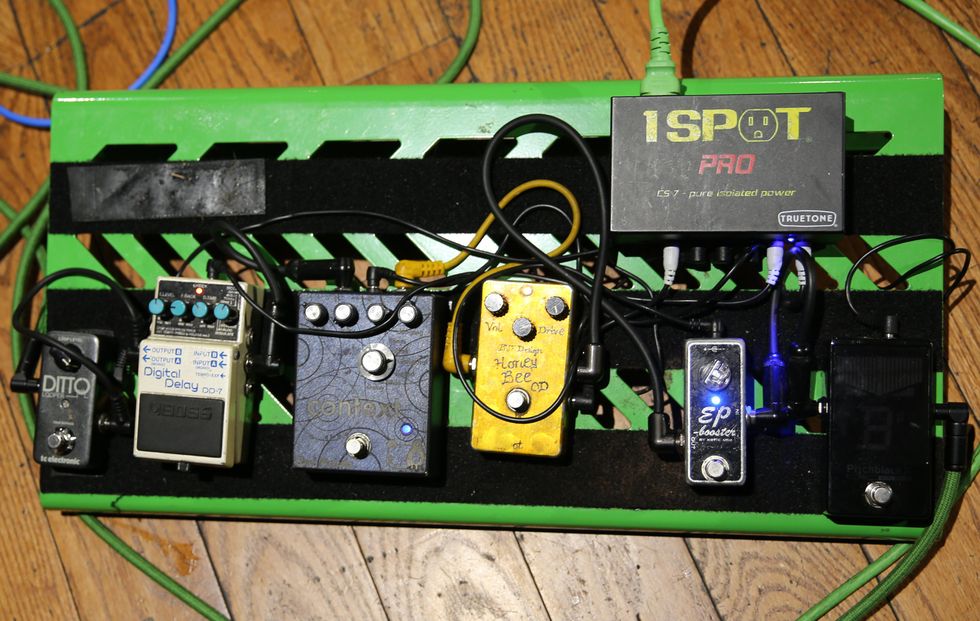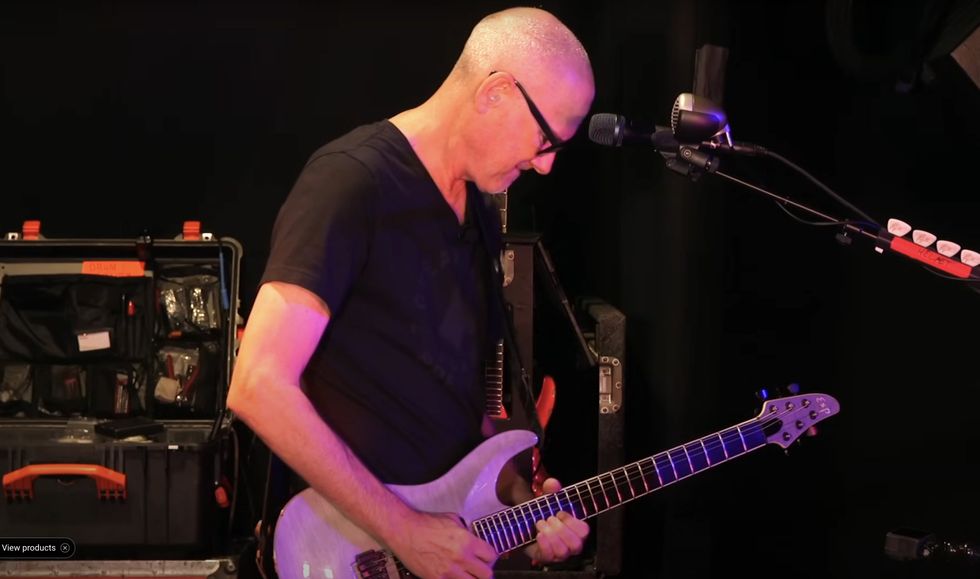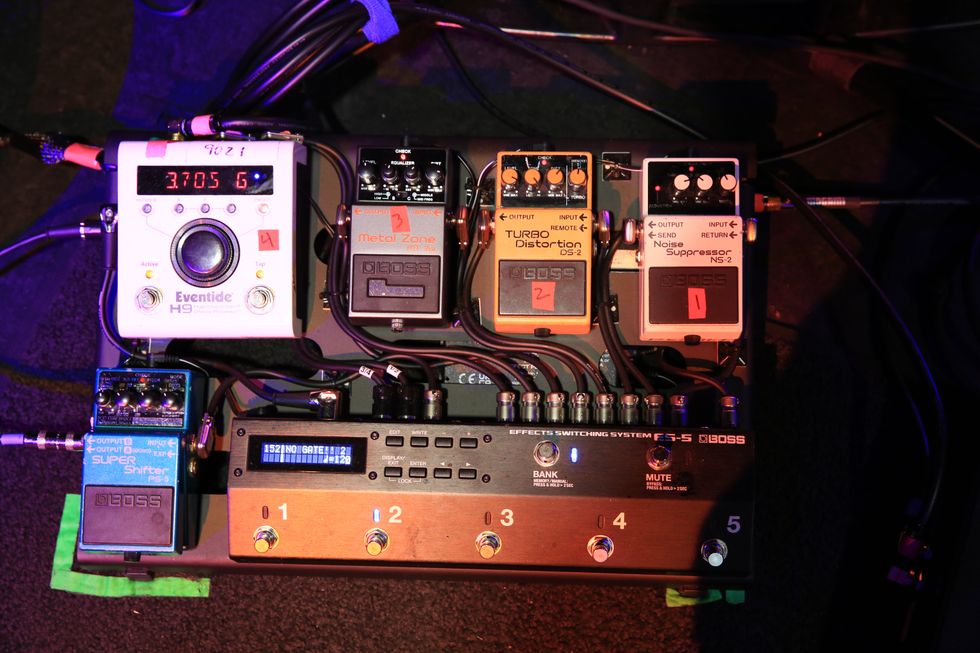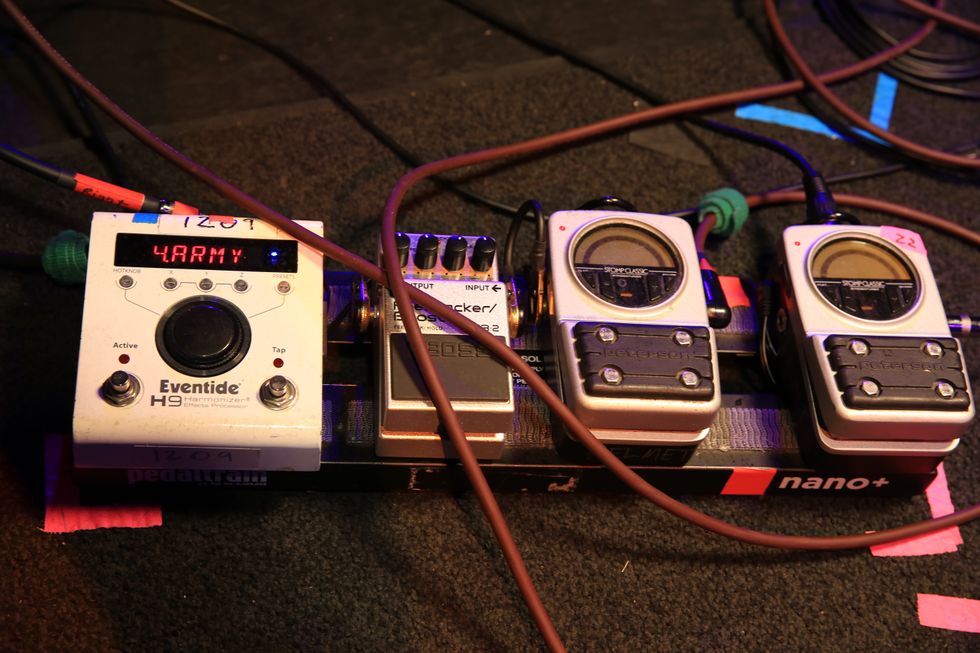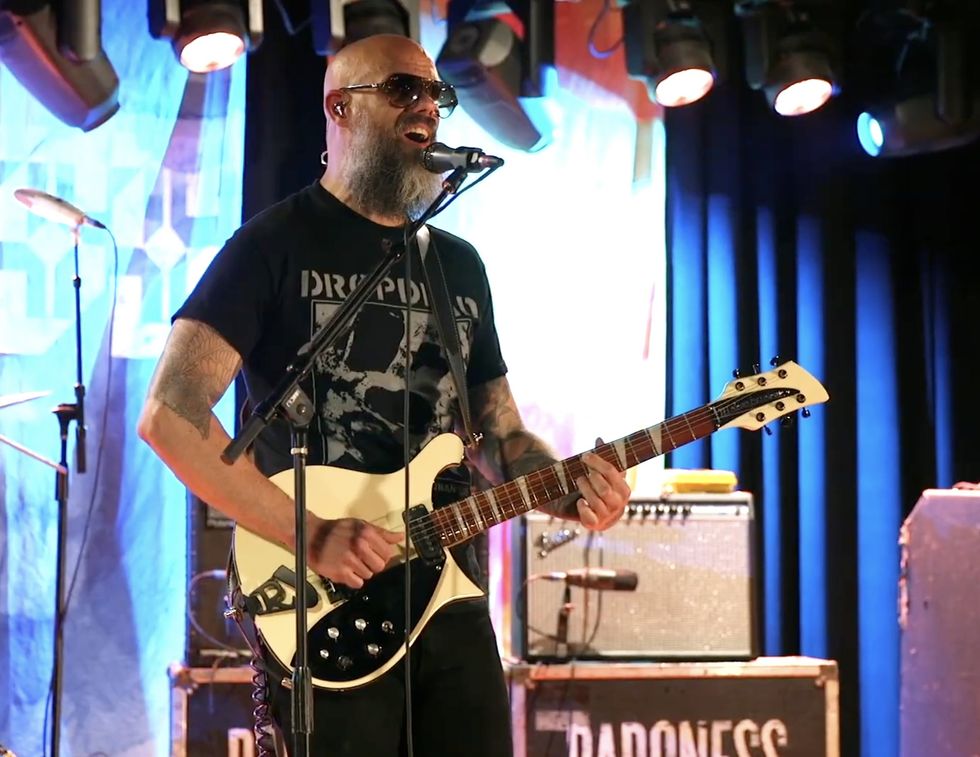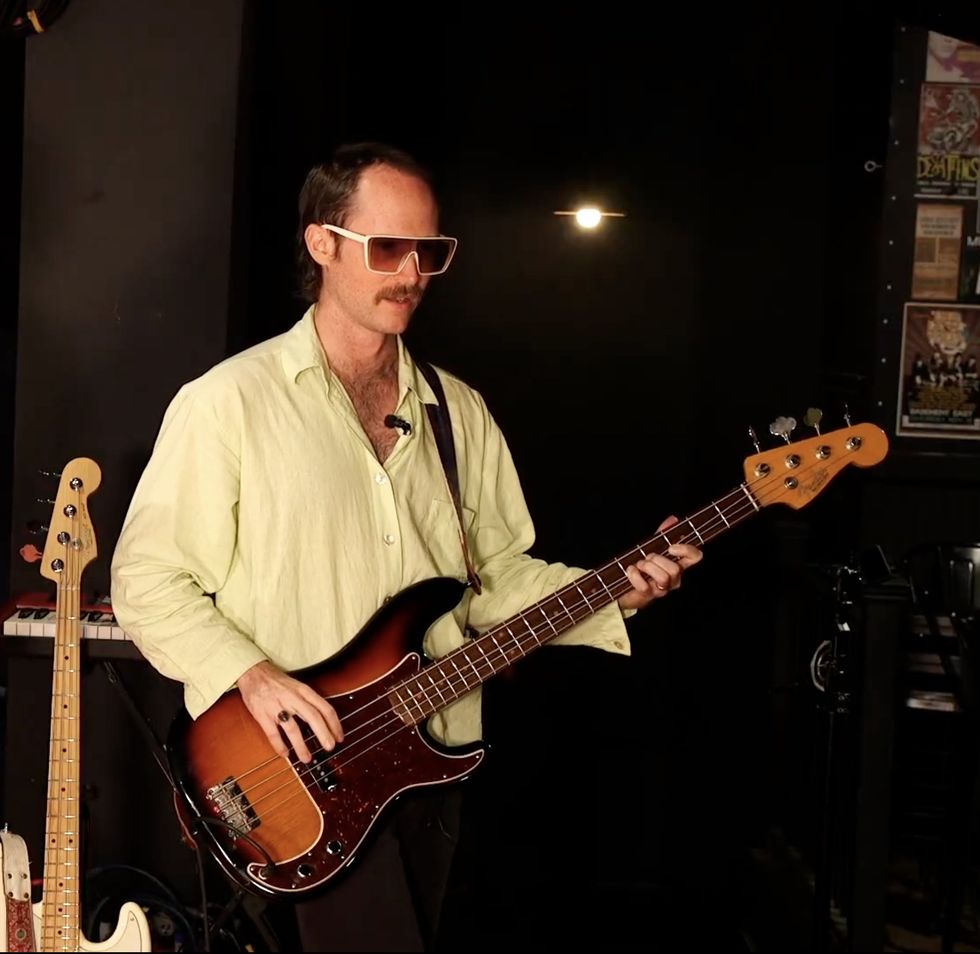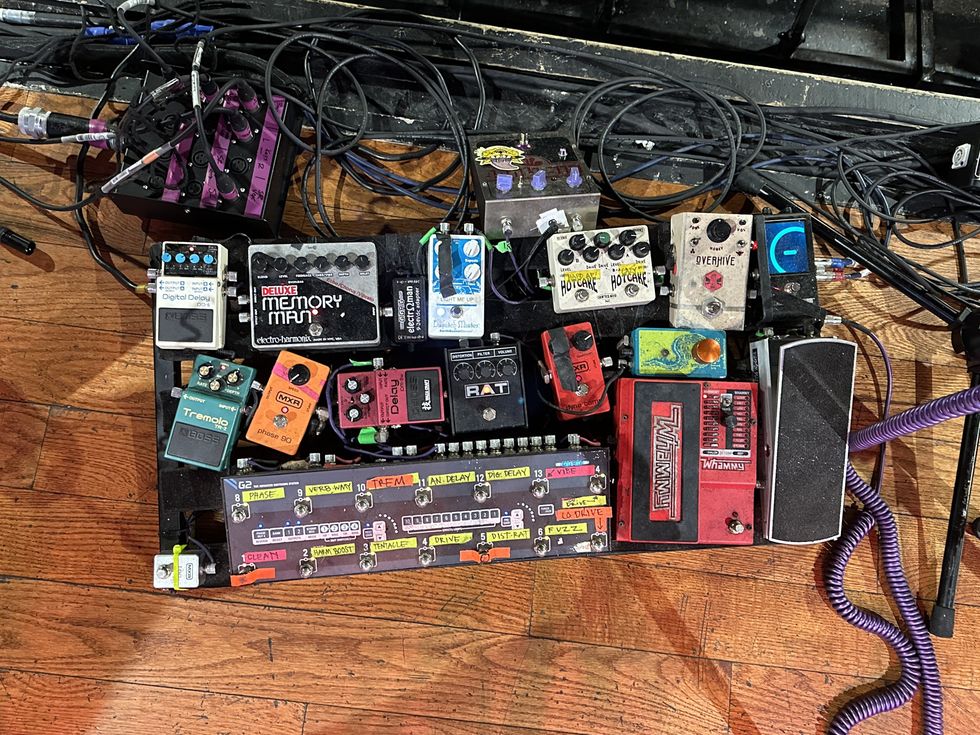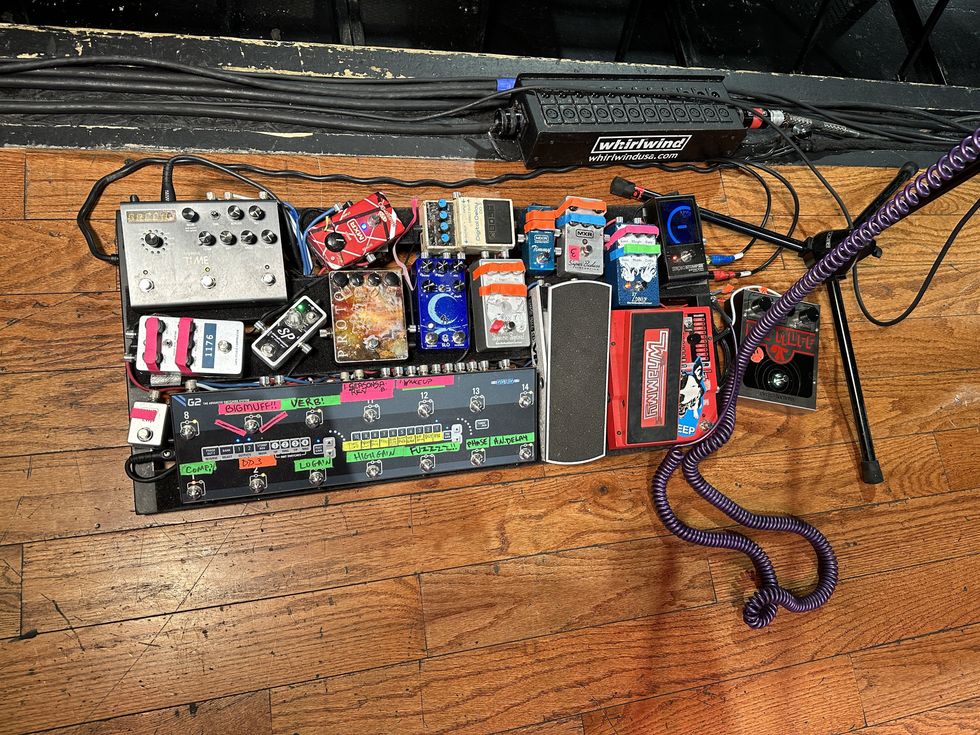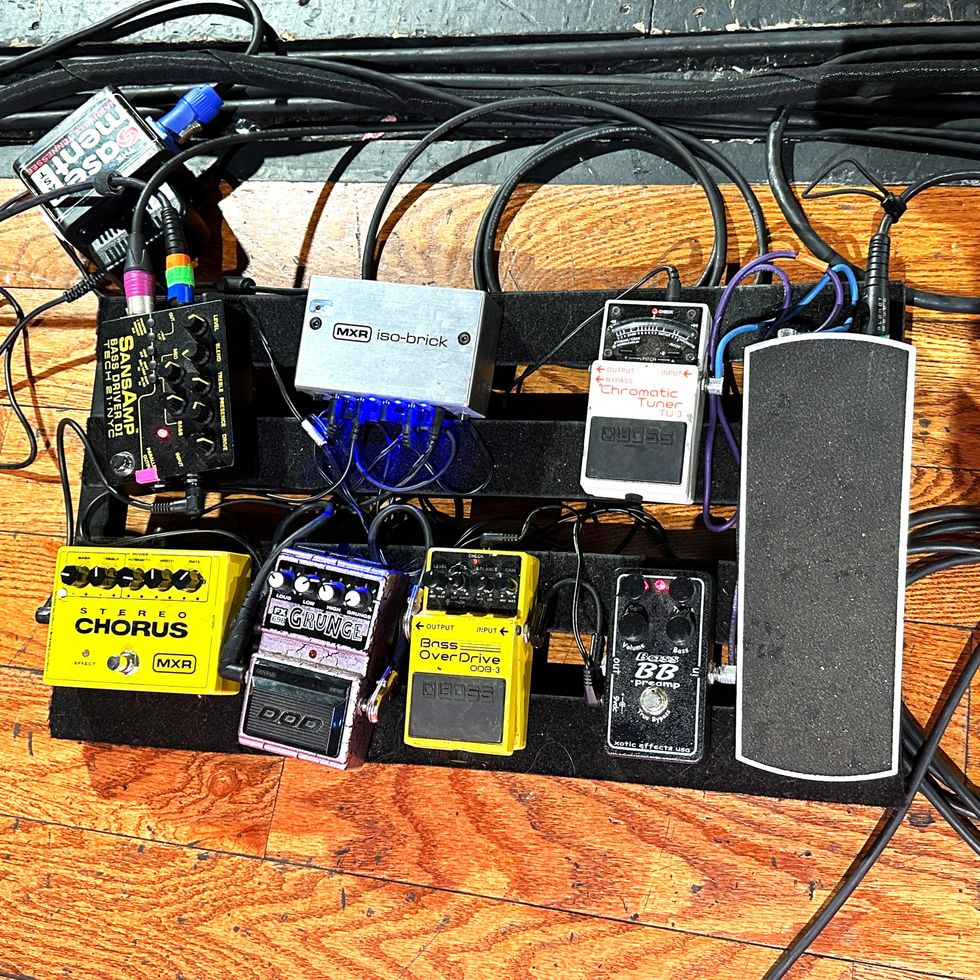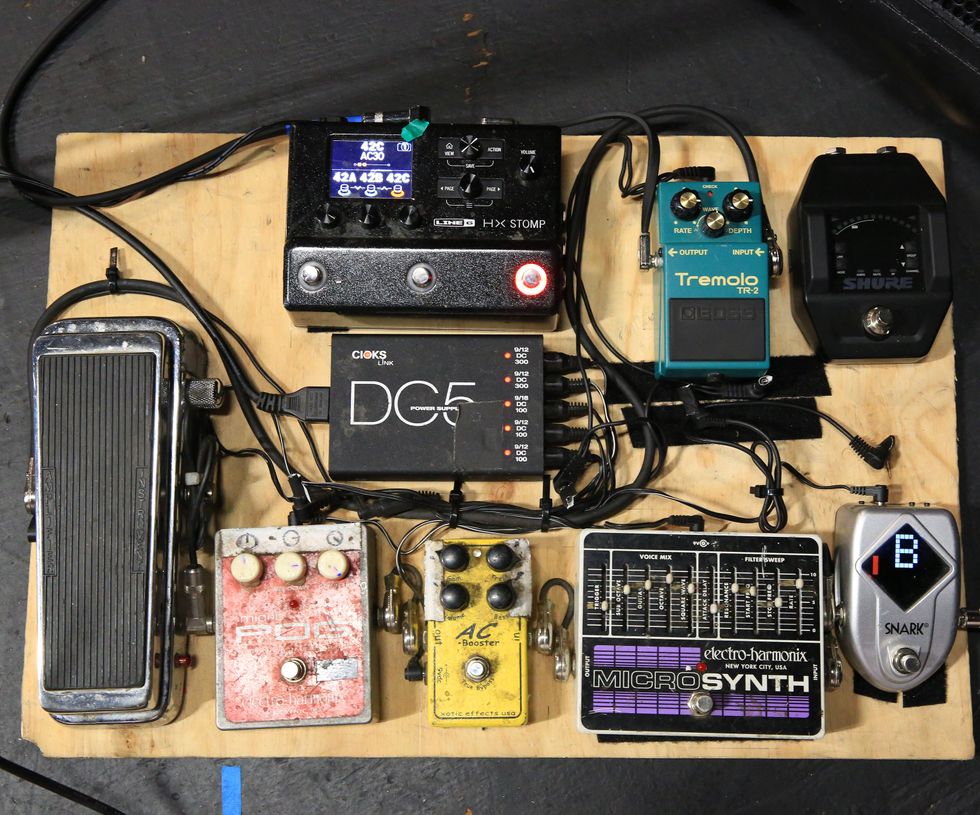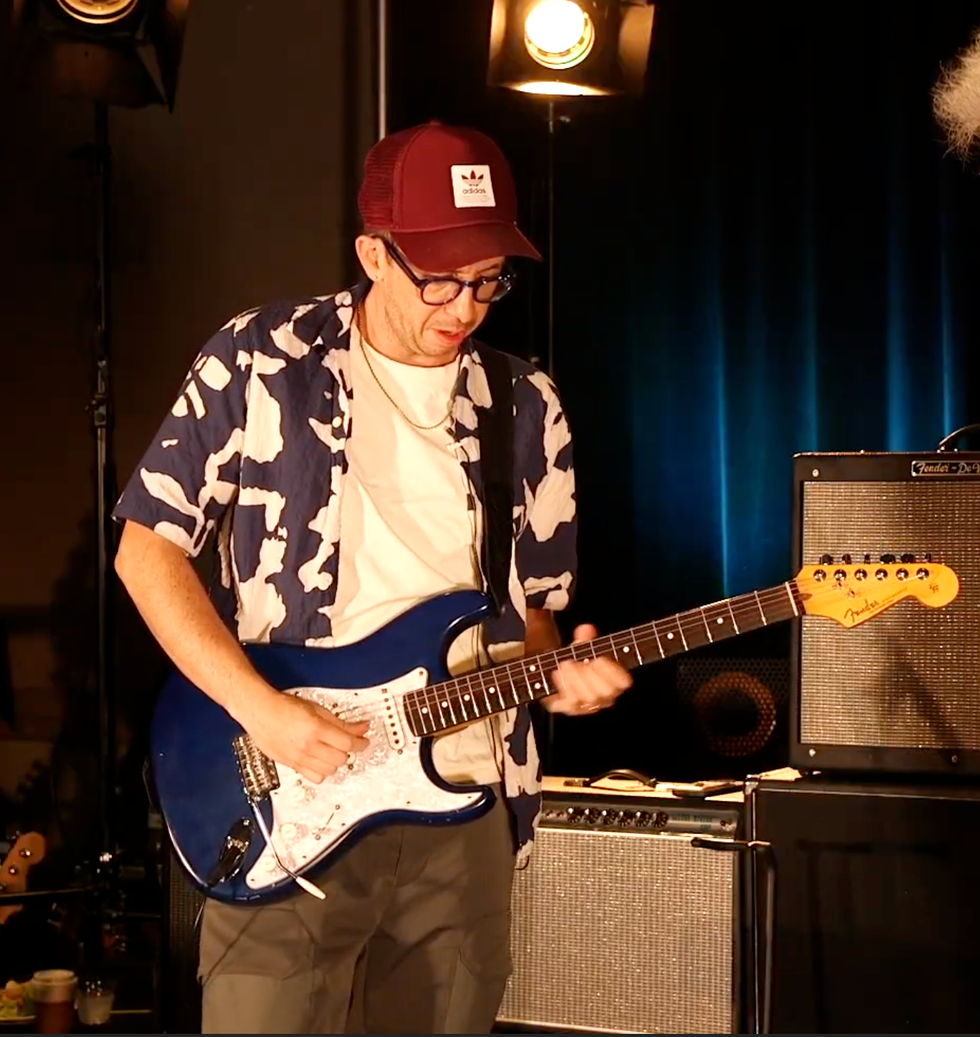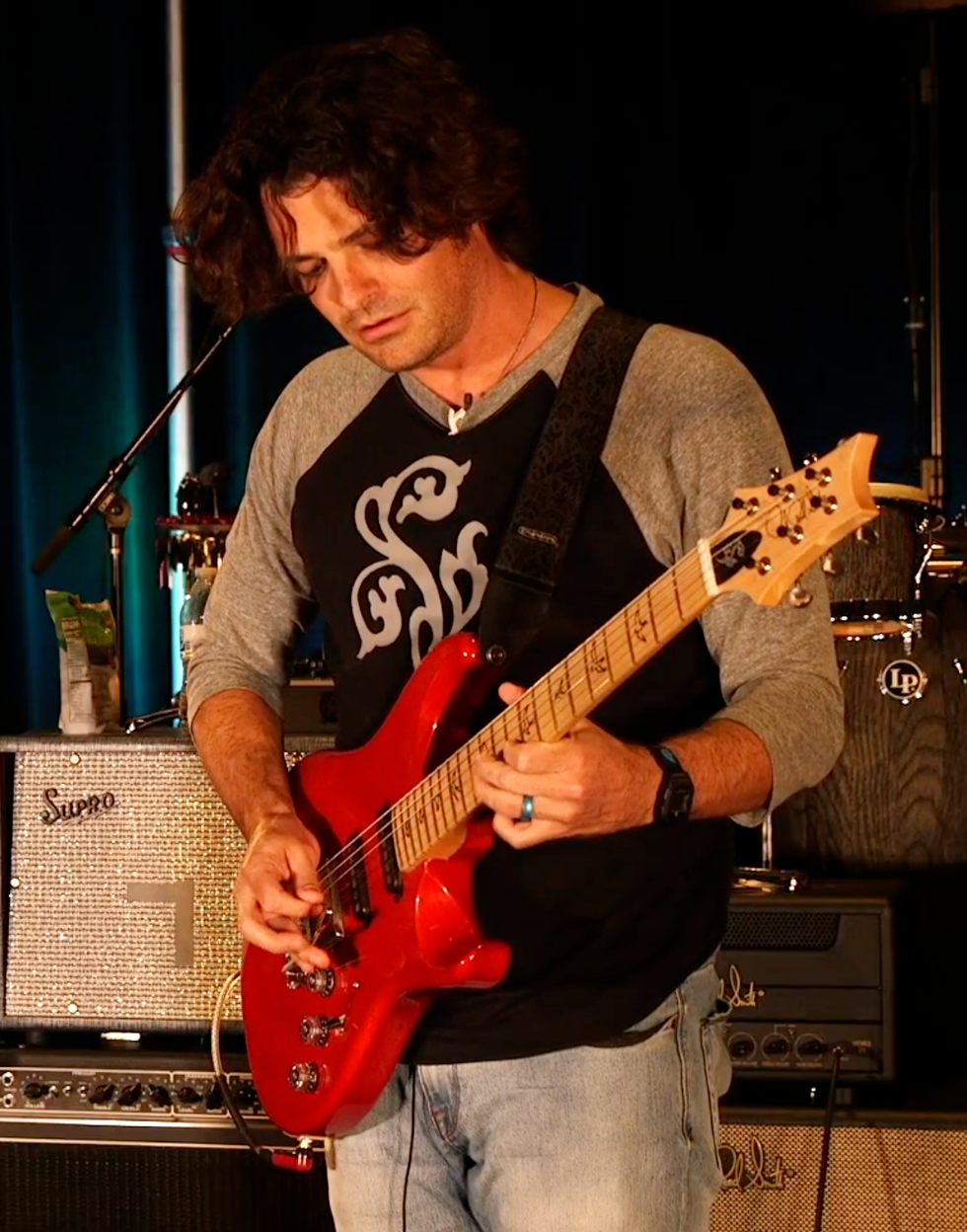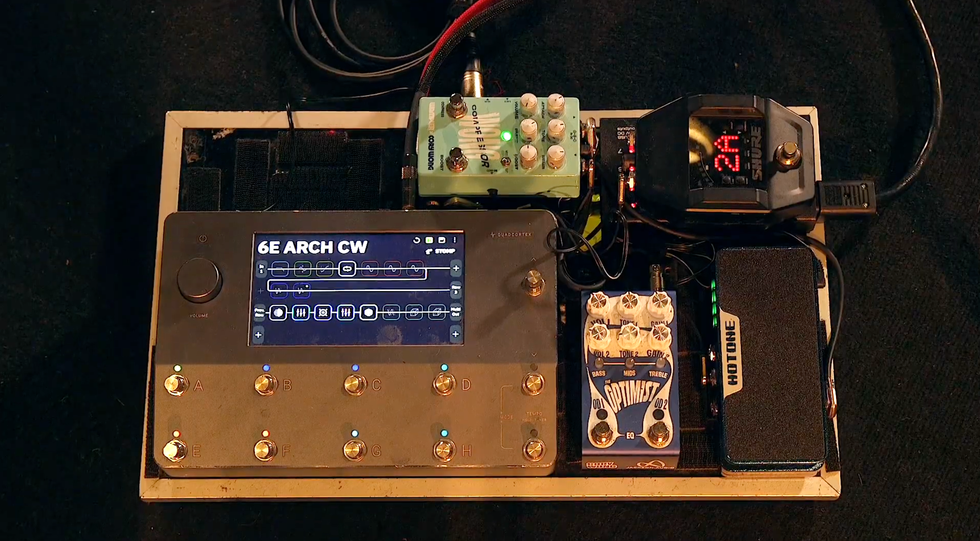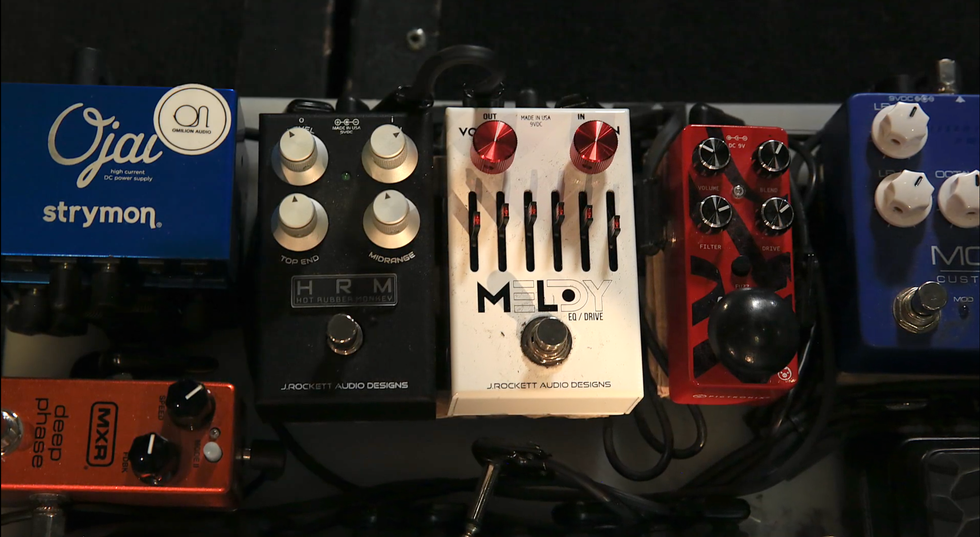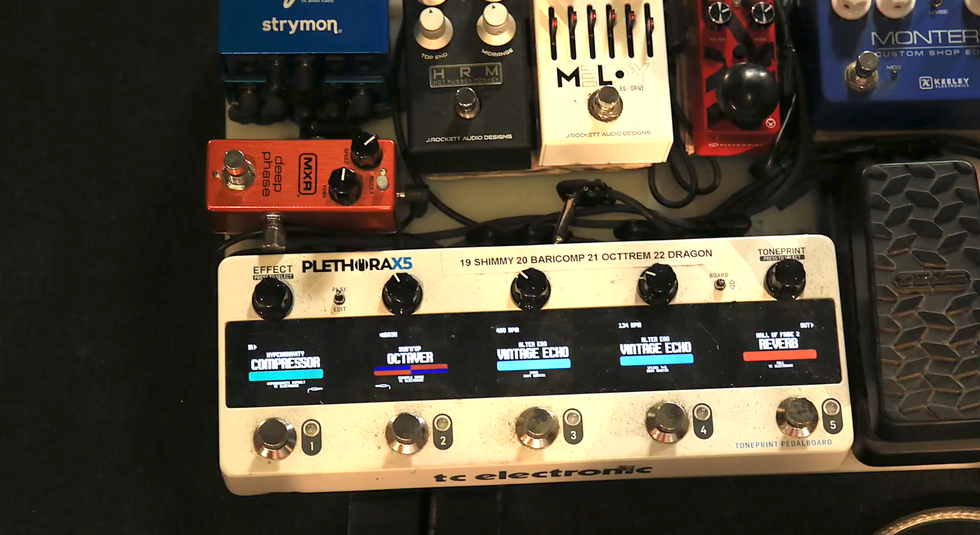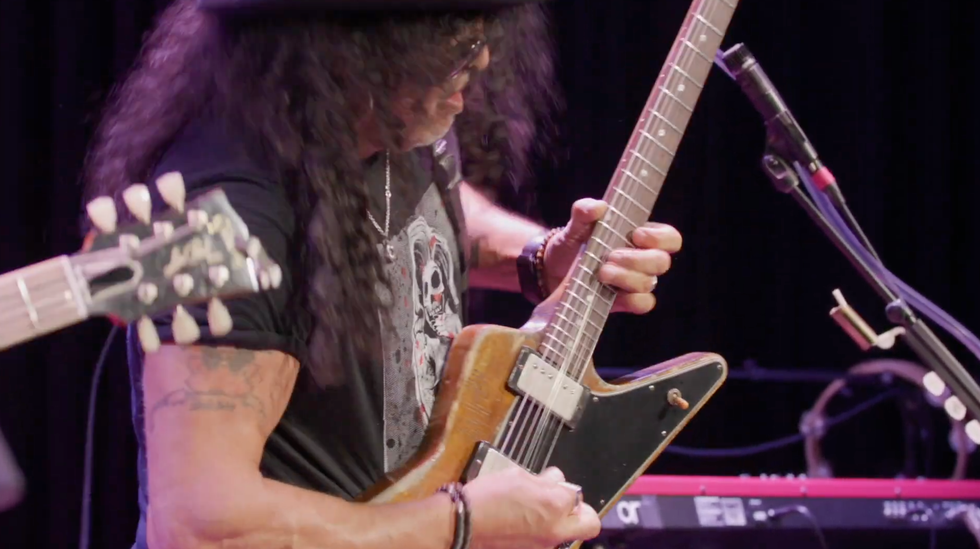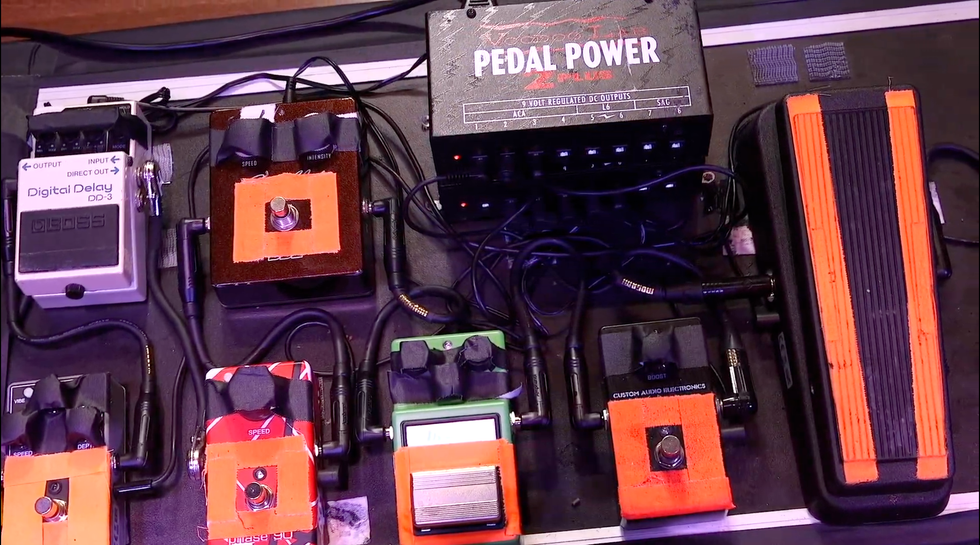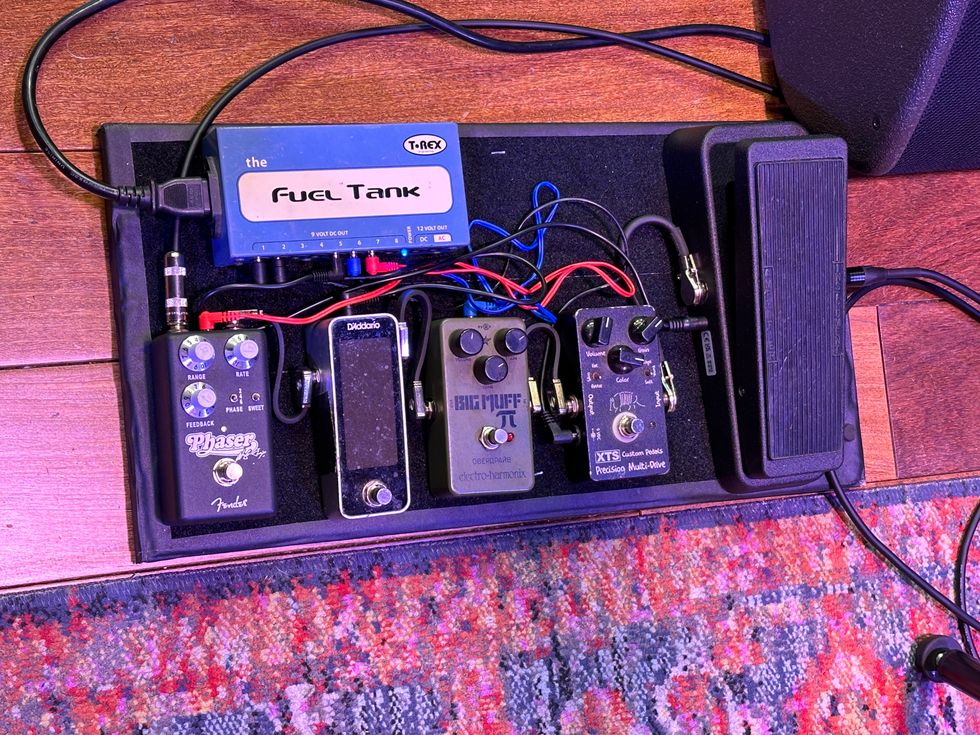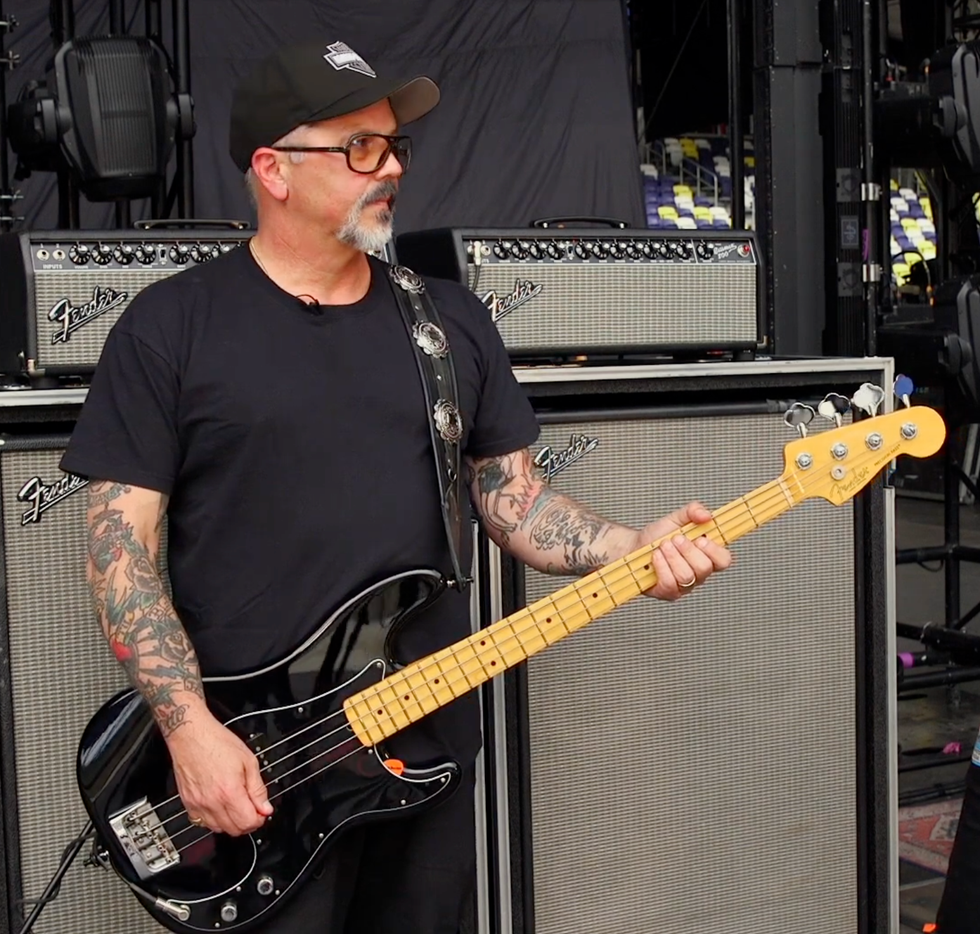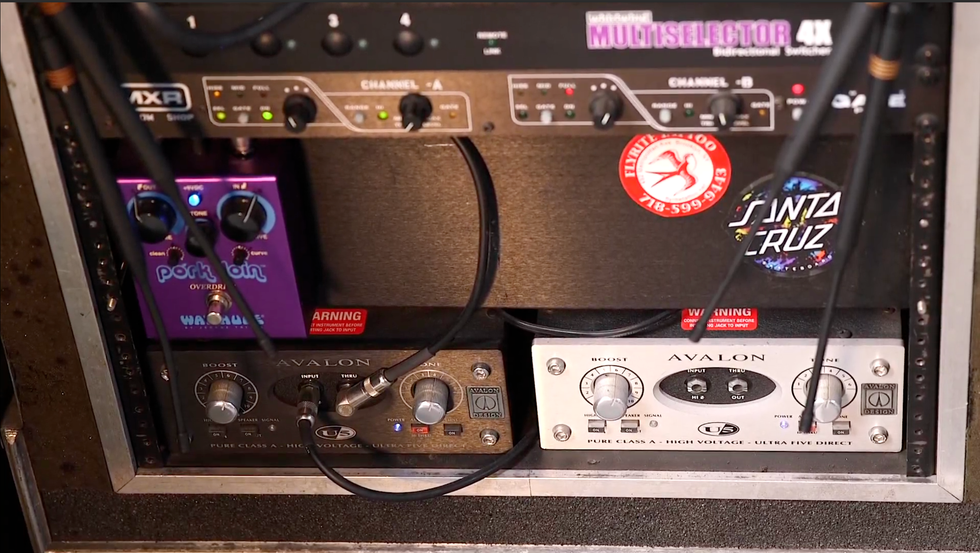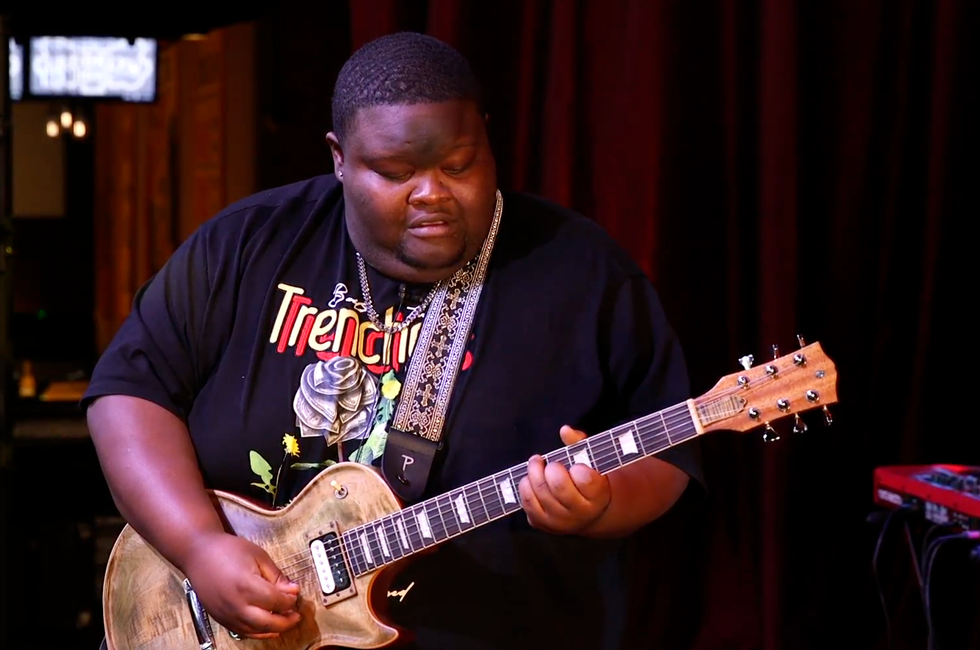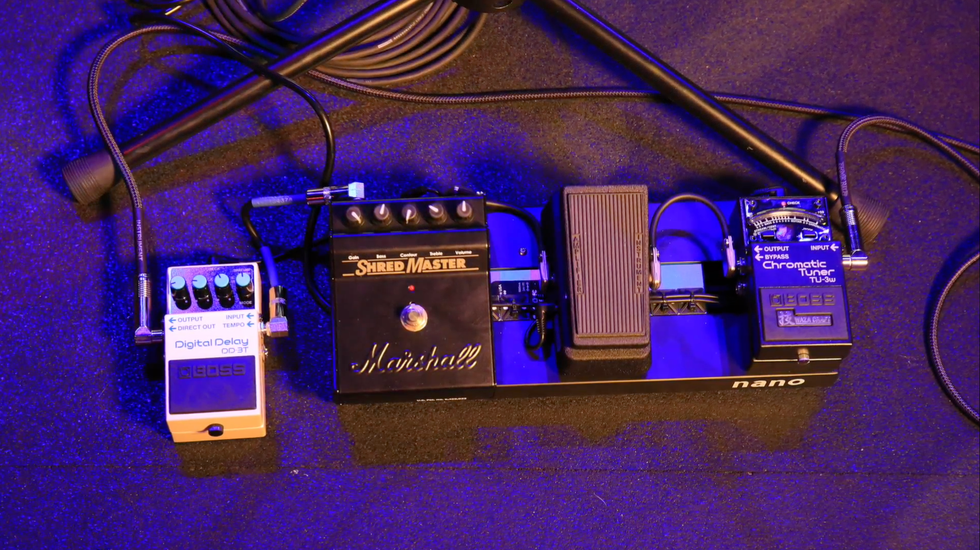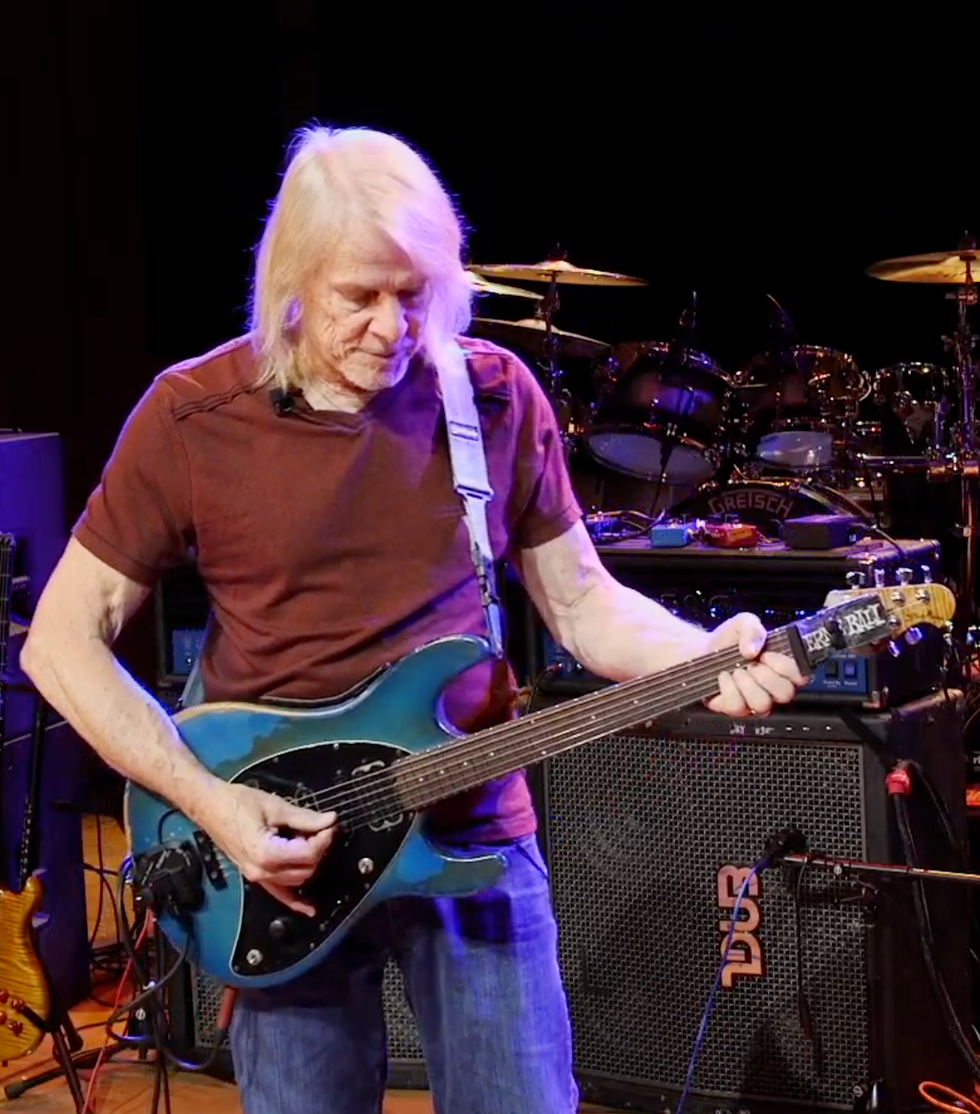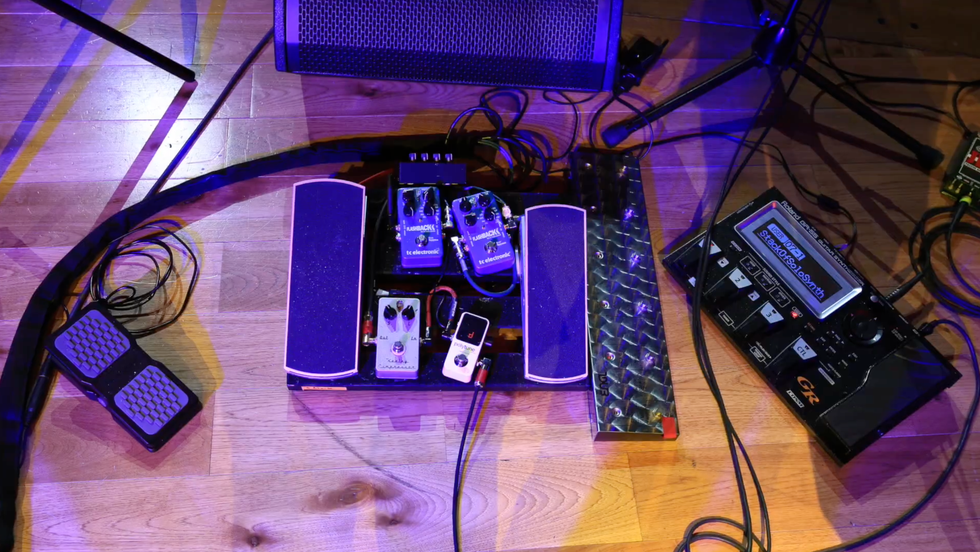Santa Monica, CA (January 17, 2017) -- Nearly three years after moving USA manufacturing from Connecticut to a new factory in Oxnard, California, Guild is proud to resume production of its most iconic dreadnought model, the D-55. First introduced in 1968 as a special-order top-of-the-line model, the D-55 was so well-received that Guild added it into the regular production line by 1974. Famously played by Tommy Smothers on the Smothers Brothers Show in the 1960s, the D-55 grew in both popularity and longevity over the decades, finding homes in the hands of more contemporary artists like Waylon Jennings, Billie Joe Armstrong, and David Nail. The most anticipated return of a Guild acoustic to date, the 2017 Guild D-55 is back and better than ever.
The D-55 remains true to all the premium appointments of its 1968 predecessor, including a AAA Sitka spruce top, solid Indian Rosewood back and sides, ebony fingerboard and bridge, and nitrocellulose finish. Internal refinements include scalloped Adirondack bracing designed by master luthier Ren Ferguson, as well as an improved dovetail neck-joint, hand fit to make this generation of D-55 the lightest, loudest, and best-sounding yet. “We’re very proud of the guitars we’re now making here in the USA,” says President Jonathan Thomas. "They sound like beautiful worn-in Guilds from the 60s, and are so comfortable to play. Everyone can’t believe how responsive and light they are while still maintaining that huge classic Guild tone...and the D-55 has always been such gorgeous guitar. The aesthetics are a beautiful mix of premium woods and abalone and mother-of-pearl inlay work. It really represents the top of our USA craftsmanship.”
The D-55 showcases Guild's most recognizable headstock which is fully bound and features the Guild “Peak and G-shield” inlay combination over a figured ebony overlay. The matching ebony fingerboard is also fully bound and inlayed with Guild’s iconic abalone/pearl “V-Blocks” and multi-line “railroad track” purfling on the bass and treble sides. The D-55’s fingerboard is set on an all-mahogany neck with beautiful walnut center seam running the length of the heel to headstock.
The D-55's nitro finish is available in natural or Antique Burst and is hand sprayed for minimum thickness and maximum resonance that will only get better with age. An LR Baggs pickup system is available as an option, and each guitar includes a had signed certificate of authenticity and ships Guild's Premium humidified hardshell case.
The D-55 Line-Up:
D-55 in Natural - Street $3,299.99
D-55 in Antique Burst - Street $3,399.99
D-55E in Natural - Street $3,499.99
D-55E in Antique Burst - Street $3,599.99
Building upon the smash hit of the S-200 T-Bird reissue, Guild has announced two new T-Bird ST models, featuring the same unique, asymmetrical shape, but with a simplified feature sets. Minimalist players will appreciate the added stability and reliability of a stopbar tailpiece and pared down electronic controls, while enjoying the T-Bird's retro vibe.
The T-Bird ST's dual LB-1 Little Bucker pickups are replicas of Guild’s 1960s smaller size humbucking pickups, offering a range of tones well-suited for a variety of playing styles and genres. The dual Guild Franz P90 pickups found on the T-Bird ST P90 are perfect for the player looking for that crisp, vintage, single-coil sound, offering plenty of mid-range output that can be driven to a soaring classic rock tone.
Both models feature vintage C shape set mahogany necks, and bound rosewood fingerboard with mother-of-pearl block inlays. Other period-correct details include open gear vintage tuning machines, and famed asymmetrical headstock adorned with Guild’s logo and Thunderbird icon in mother-of-pearl. The T-Bird ST is available in a classic Vintage White, while the T-Bird ST P90 comes in Pelham Blue. A padded Guild deluxe gig bag is included.
T-Bird Line-Up:
S-200 T-Bird Antique Burst: Street $849.99
S-200 T-Bird Black: Street $849.99
T-Bird ST: Street $799.99
T-Bird ST P90: Street $799.99
In the 1960s folk-era, Guild built concert-sized spruce/mahogany guitars, lovingly dubbed “Troubadours” for their travel-friendly size and weight and popularity amongst singer-songwriters. These qualities are still sought-after today by a new generation of musicians and Guild is pleased to once again offer these features with the addition of the M-240E Troubadour and the USA-made M-40 Troubadour.
The affordable M-240E Troubadour features a solid mahogany top, and Guild's signature arched mahogany back, allowing for great volume and projection, long sustain, and a lush, full sound. Ready for the stage or studio, the M-240E's understated yet powerful DeArmond ToneBoss magnetic pickup makes its debut. The combination of a soft satin antique burst finish with a soundhole pickup give the M-240E Troubadour an overall retro vibe.
Guild's USA-made Troubadour, the M-40, features all-solid woods and provides a delicate, well-rounded tone that is perfect for fingerstyle playing and light strumming. Premium features include white ABS binding, Indian rosewood bridge and fingerboard, and bone nut and saddle. A thin satin varnish gives this guitar its familiar, broken-in look and feel, while also allowing it to breathe. This model is available in Natural or Antique Burst and includes the option of a discreet, USA-made LR Baggs Element VTC pickup.
Troubadour Line-Up:
M-240E Troubadour: Street $469.99
M-140: Street $749.99
M-140E: Street $849.99
M-40 Troubadour: Street $1,599.99 - $1,699.99
M-40E Troubadour: Street $1,799.99 – $1,899.99
Guild is proud to kick off 2017 with a full USA-made acoustic lineup ranging from $1,299 - $3,599 MAP. Continuing upon the success of Guild's M-20, D-20, and D-40, Guild is excited to elevate its acoustic offerings with the M-40 Troubadour (formerly the F-20), the D-40 Traditional, and finally the highly anticipated D-55.
The M-40 Troubadour's solid Sitka spruce top and solid African mahogany back and sides offer a different tone when compared to Guild's iconic “Nick Drake guitar,” the all-mahogany M-20, which made its debut at Winter NAMM 2016. Available in a satin finish with a white ABS binding, the M-40 Troubadour is ideal for fingerstyle playing and light strumming. Its concert size is excellent for players who prefer a slightly smaller body.
The D-40 Traditional (also solid spruce/mahogany) adds premium appointments to Guild's dreadnought Summer NAMM 2016 release, the D-40. These include a dovetail neck joint, tortoiseshell binding, a heritage chesterfield MOP inlaid logo on the headstock, and a nitrocellulose gloss finish.
Lastly, back after a 2-year hiatus is the D-55, Guild's flagship dreadnought acoustic. First introduced in the late 1960s, the D-55 featured a solid Sitka spruce top and solid Indian rosewood back and sides. Guild's 2017 D-55 keeps all of the same exceptional embellishments as its predecessor such an abalone rosette, MOP/abalone fingerboard inlays, and a mother-of-pearl Guild “Peak and G-Shield” logo on a flamed ebony headstock overlay. Internally, a modern dovetail neck-joint and Adirondack spruce braces refined by master luthier Ren Ferguson make this generation of D-55s the lightest, loudest, and best yet.
All Guild USA models are available in Natural or Burst with an optional LR Baggs Element VTC pickup. Shipping in hardshell humidity-controlled cases, these models include a signed certificate of authenticity. “We began this journey in 2014 and we've come a long way since then,” says Guild CEO Tim Miklaucic. “Resuming production of the D-55 is monumental for continuing Guild's legacy. We're building the best Guild acoustics to date and doing it in California—it doesn't get any better than that.”
Guild USA Line-Up:
M-20: Street $1,299.99 - $1,399.99
M-20E: Street $1,499.99 - $1,599.99
D-20: Street $1,299.99 - $1,399.99
D-20E: Street $1,499.99 - $1,599.99
M-40 Troubadour: Street $1,599.99 - $1,699.99
M-40E Troubadour: Street $1,799.99 - $1,899.99
D-40: Street $1,599.99 - $1,699.99
D-40E: Street $1,799.99 - $1,899.99
D-40 Traditional: Street $2,399.99 - $2,499.99
D-55: Street $3,299.99 - $3,399.99
D-55E: Street $3,499.99 - $3,599.99
For more information:
Guild Guitars
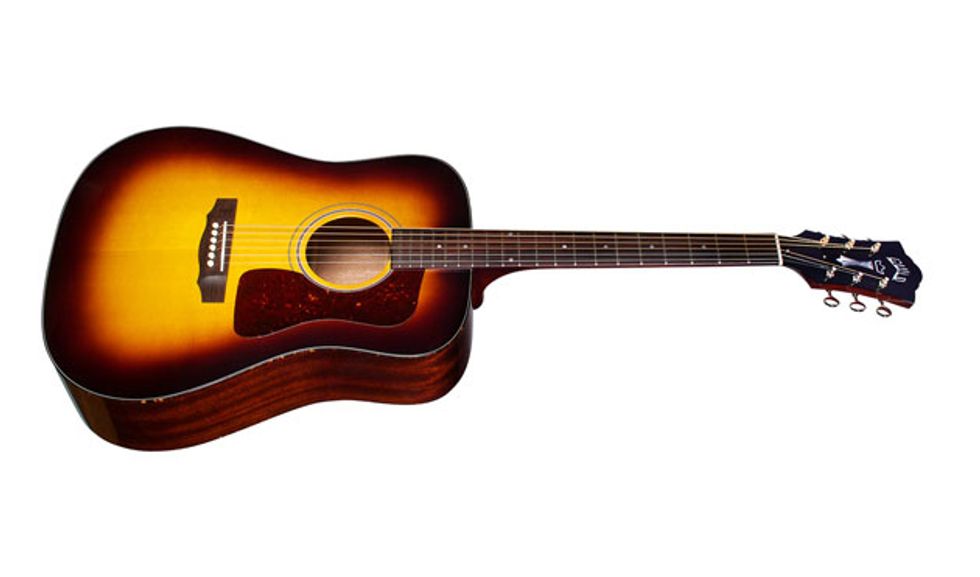
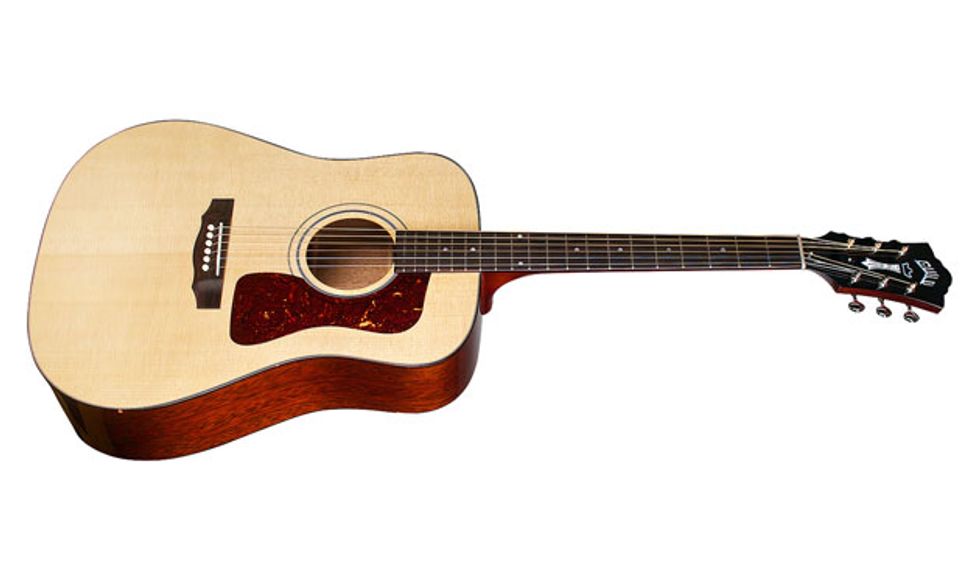
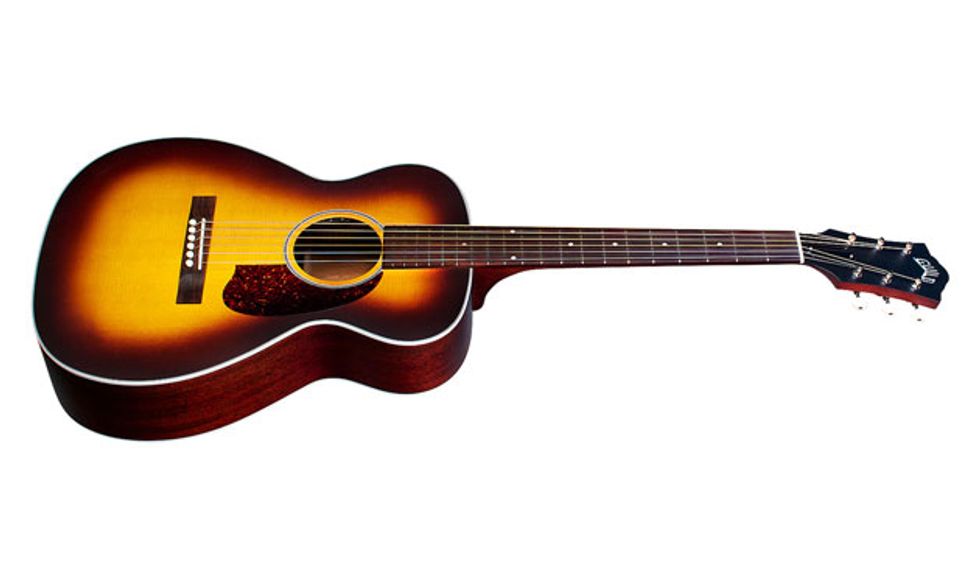
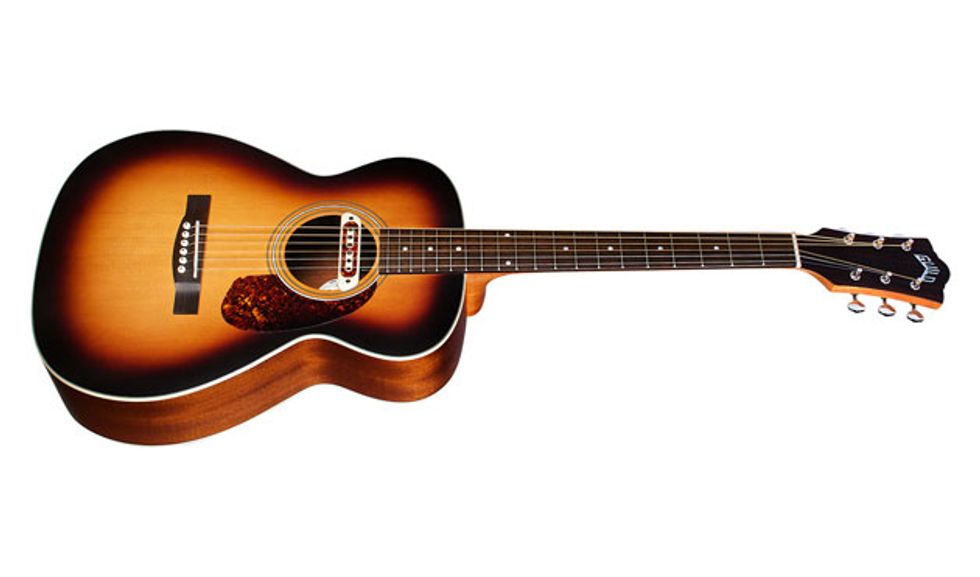
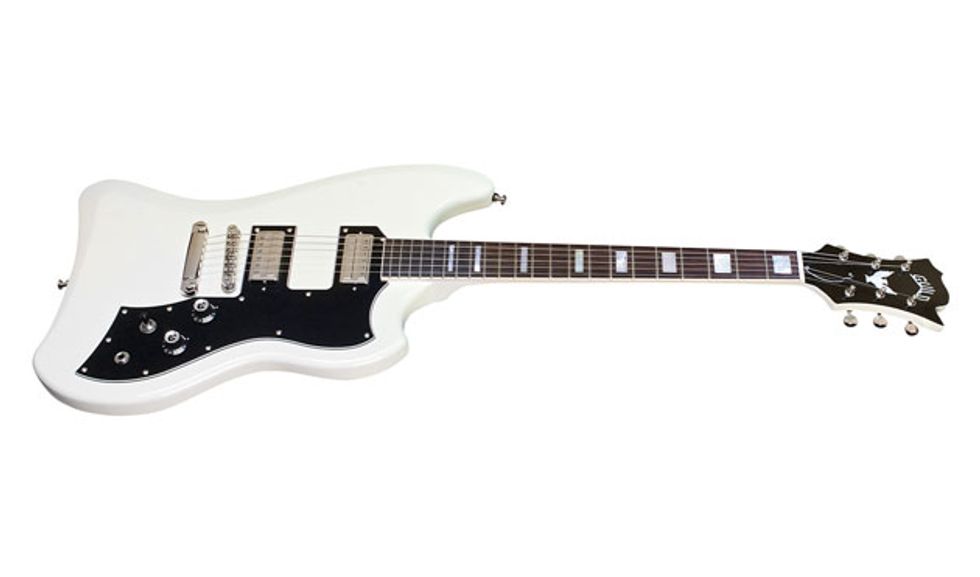
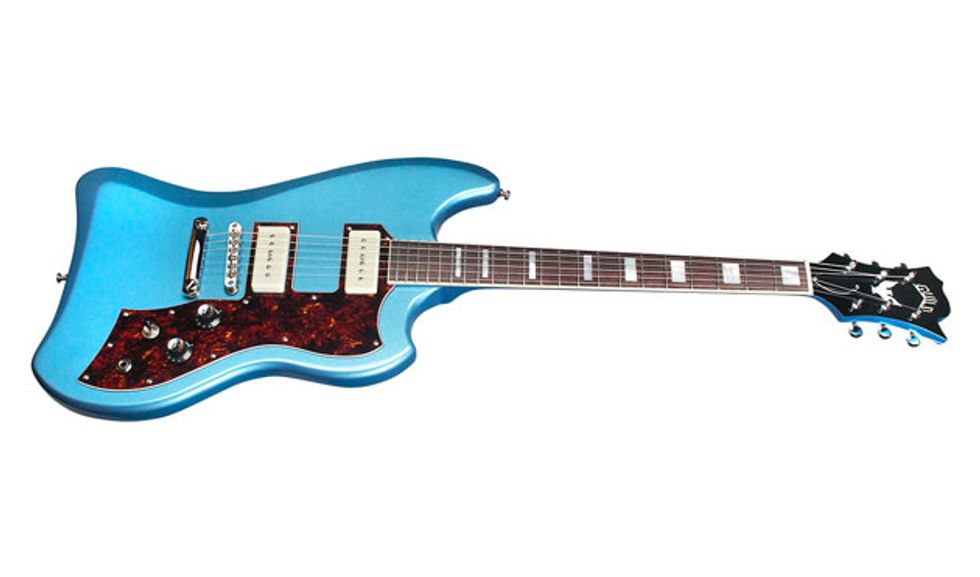

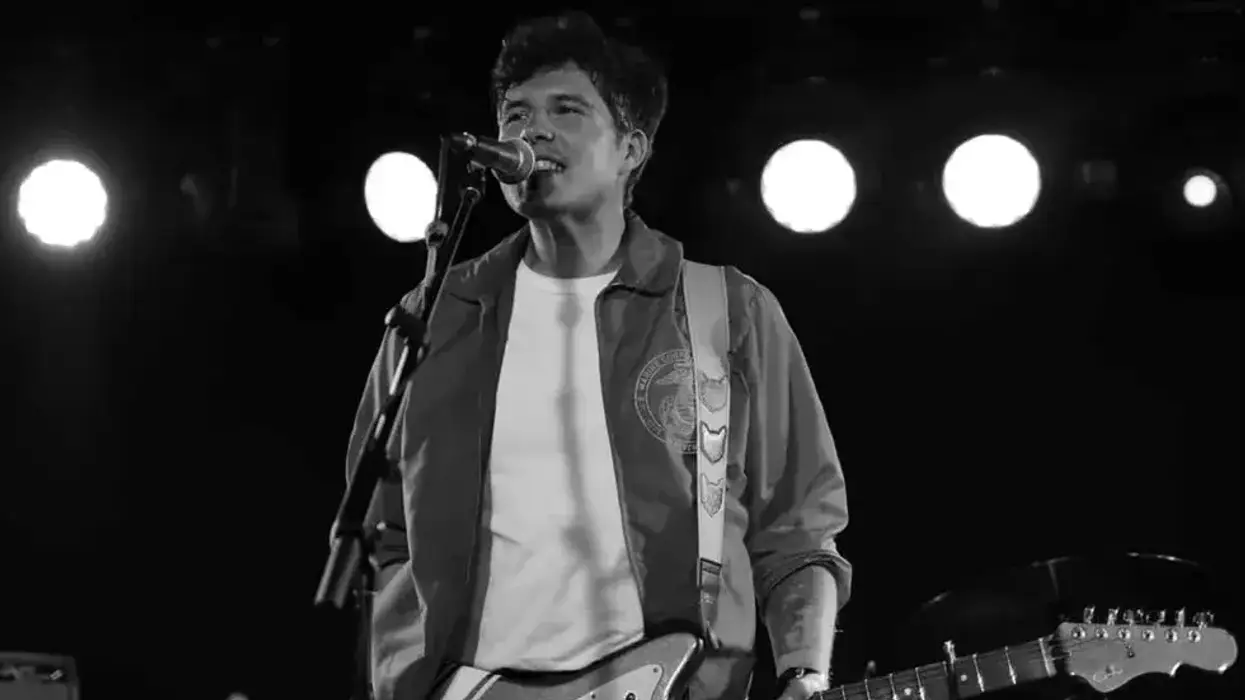

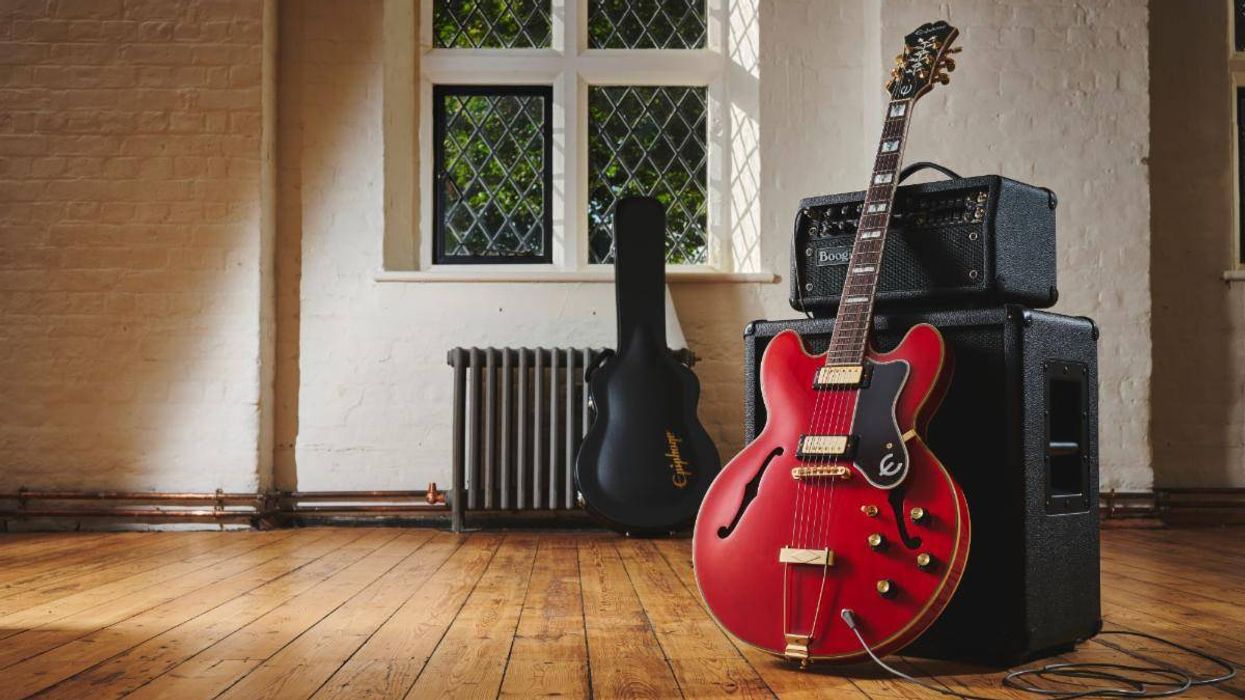




![Devon Eisenbarger [Katy Perry] Rig Rundown](https://www.premierguitar.com/media-library/youtube.jpg?id=61774583&width=1245&height=700&quality=70&coordinates=0%2C0%2C0%2C0)

















